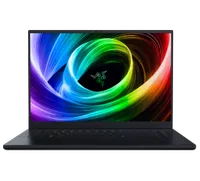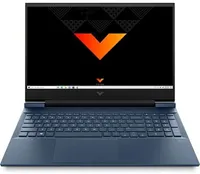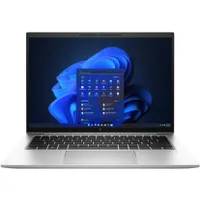The best AMD Ryzen laptops in 2025: 6 tested and reviewed
The best AMD Ryzen laptops based on our testing and reviews
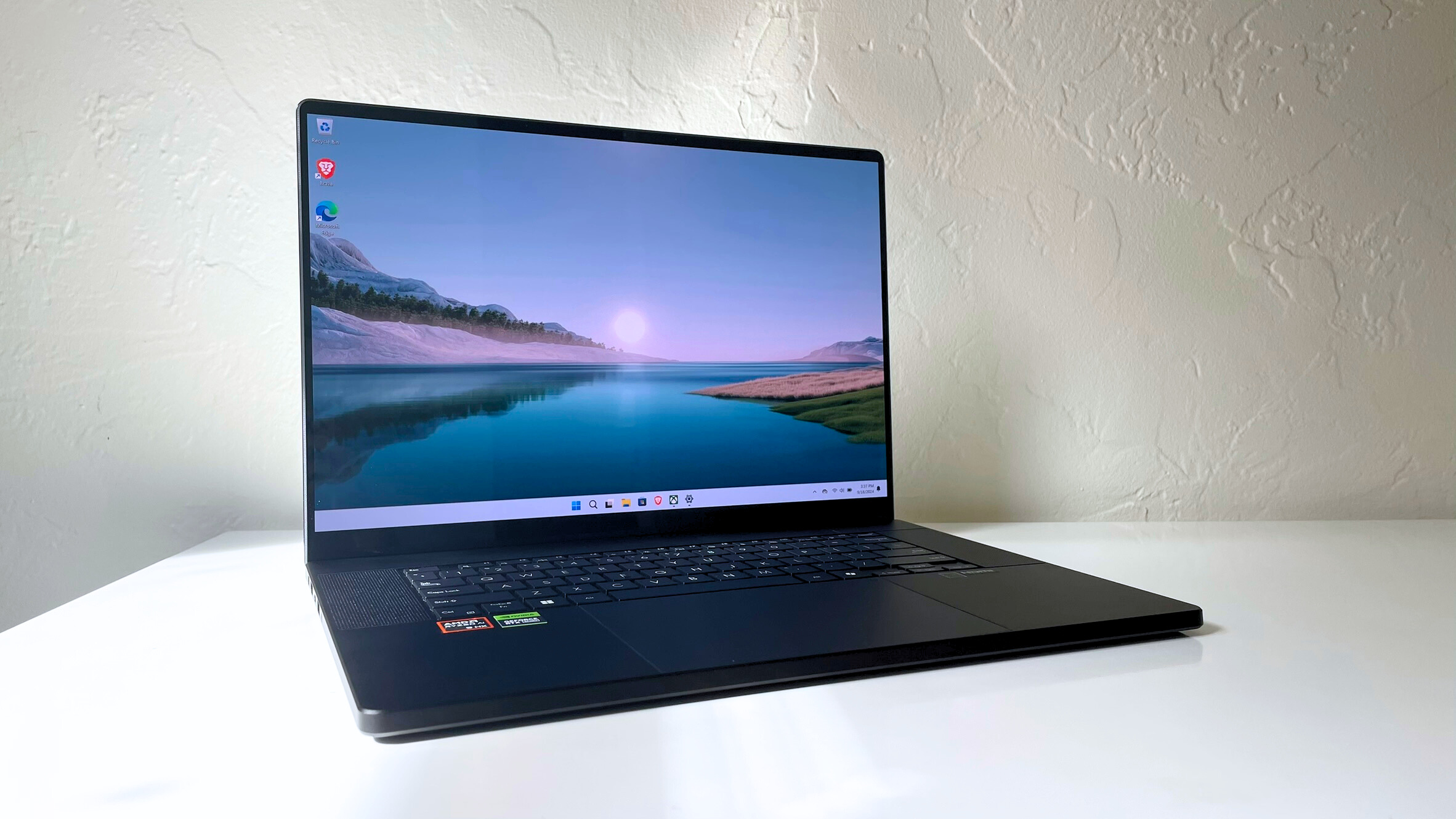
1. The list in brief
2. Best overall
3. Best budget
4. Best gaming
5. Best budget gaming
6. Best 2-in-1
7. Best for video editing
8. Benchmark Comparisons
9. Recent reviews
10. How to choose the best AMD Ryzen laptop
11. FAQs
12. How we test laptops
13. Why trust Laptop Mag
The best AMD Ryzen laptops are often among the best laptops on the market. Whether you are looking for a powerful gaming laptop, a thin-and-light business laptop, or anything in between, there's an AMD laptop that fits your needs.
The best AMD Ryzen laptop overall is the Asus Zenbook S16 (UM5606), which features a unique design, solid OLED display, powerful performance, strong graphics, and good battery life. Meanwhile, our previous best AMD Ryzen laptop, the Asus Zenbook 14 OLED, is our best pick for those on a budget as it often sees a hefty discount these days.
AMD has kept pace with the performance we saw from the Qualcomm Snapdragon X Elite PCs in 2024, leaving Intel's recent Lunar Lake AI PC chipset behind. If you are in the market for one of the best AI PCs, AMD's NPU (Neural Processing Unit) has more TOPS (trillions of operations per second) of AI power compared to those offered by Intel and Qualcomm.
When deciding on the best AMD Ryzen laptops, we only picked laptops with solid battery life, swift performance, punchy audio, a sturdy design, a bright and colorful display, and a satisfying keyboard feel.
Here are my picks for the six best AMD Ryzen laptops in 2025 based on our testing and reviews.
The Quick List
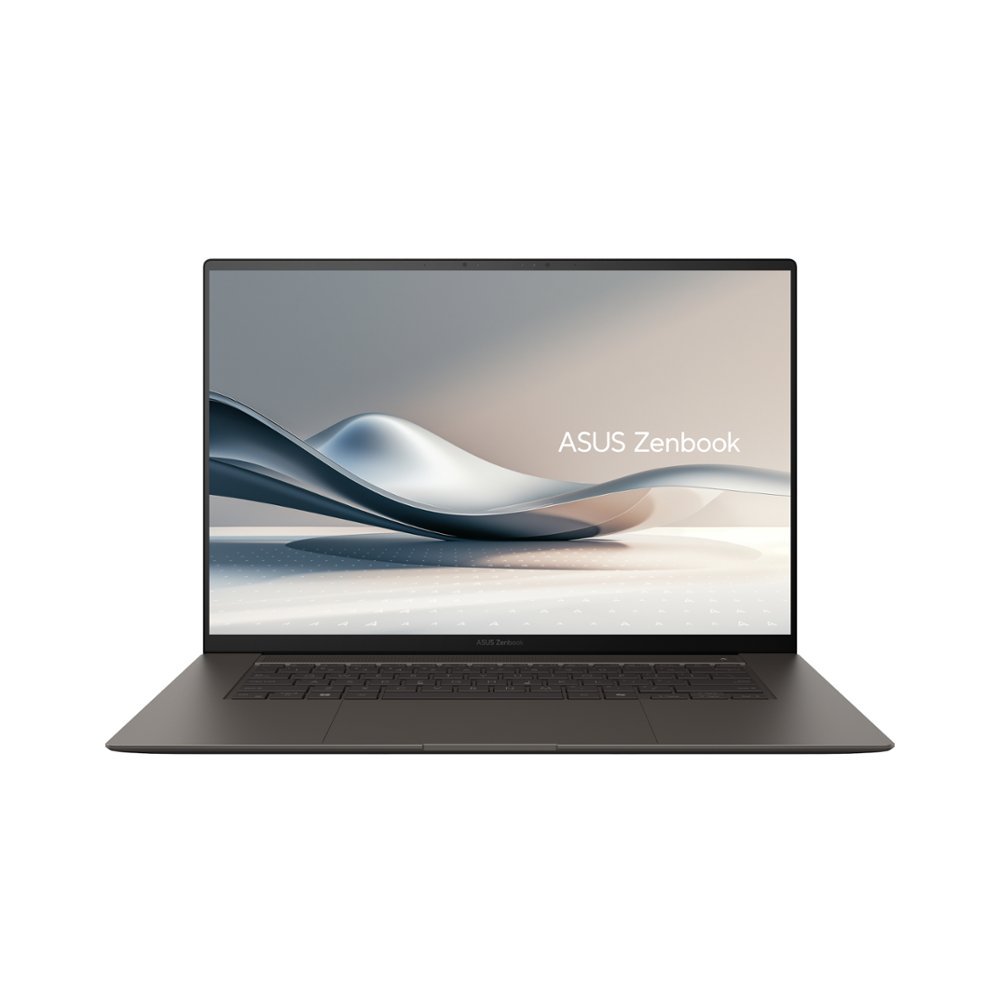
Best overall
The Asus Zenbook S16 (UM5606) is our number-one AMD Ryzen laptop in 2025, offering a solid OLED panel, excellent performance, great gaming, and 11 hours of battery life.
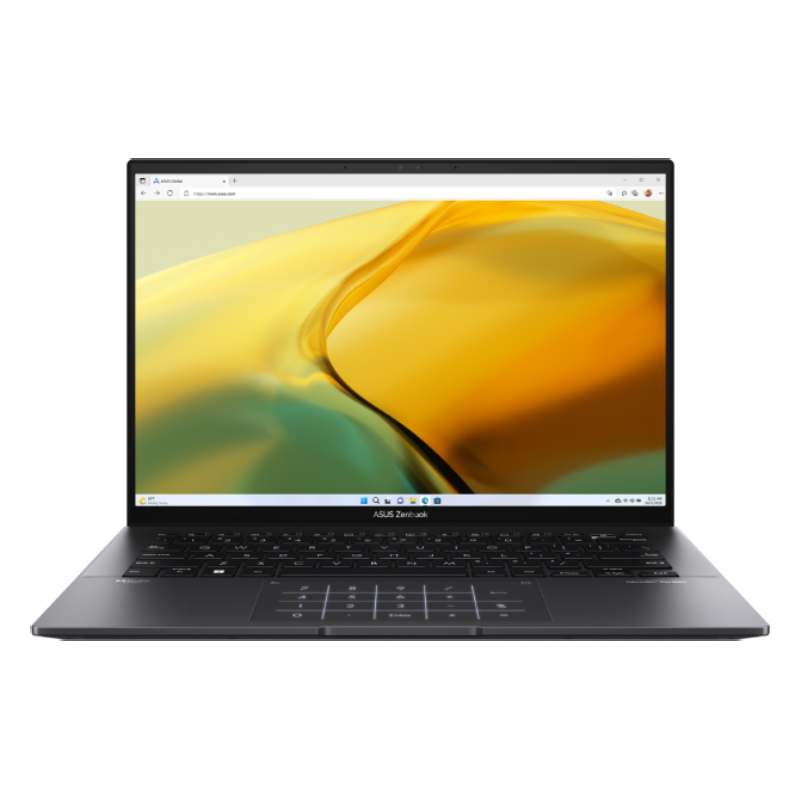
Best budget
The Asus Zenbook 14 OLED is our number one AMD Ryzen laptop in 2025, offering a stunning OLED panel, excellent performance, and 11 hours of battery life in a sub-$1,000 product.
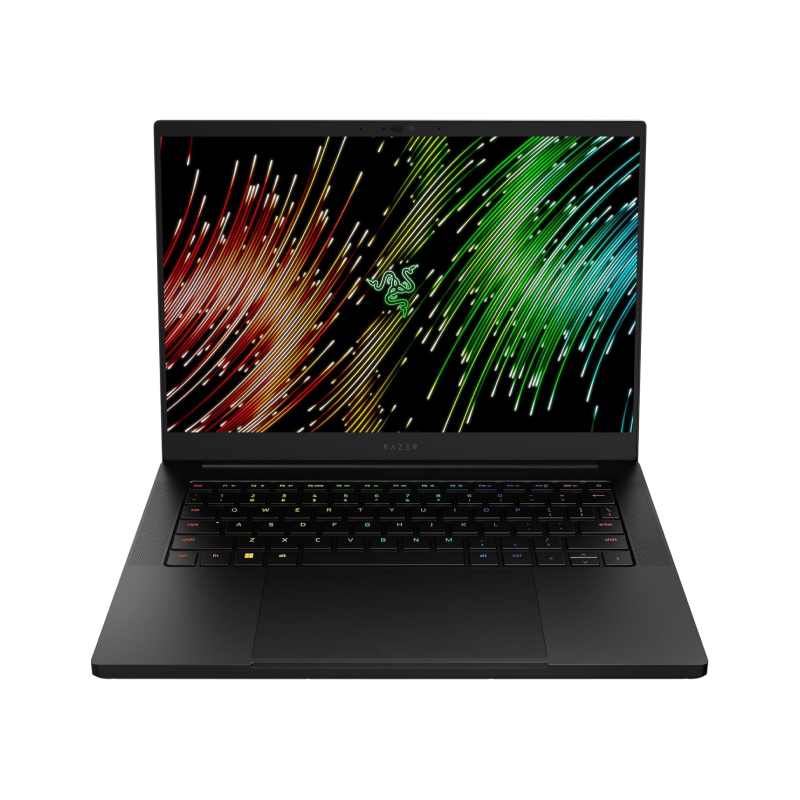
Best gaming
The Razer Blade 14 (Early 2024) is by far the best high-end AMD gaming laptop in 2025. It offers an incredibly sturdy exterior, a colorful display, and phenomenal gaming metrics. It's pricey but worth it.
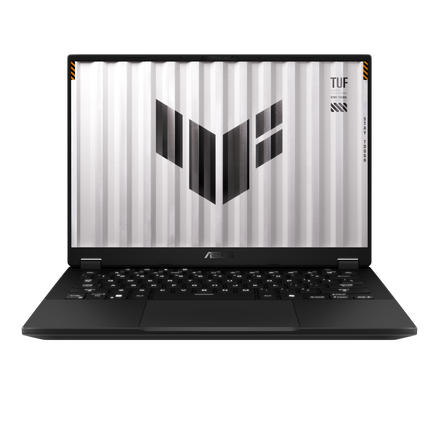
Best budget gaming
The ASUS TUF Gaming A14 is the best budget AMD Ryzen gaming laptop you can get. It offers solid performance, a durable lightweight build, and over 10 hours of battery life.
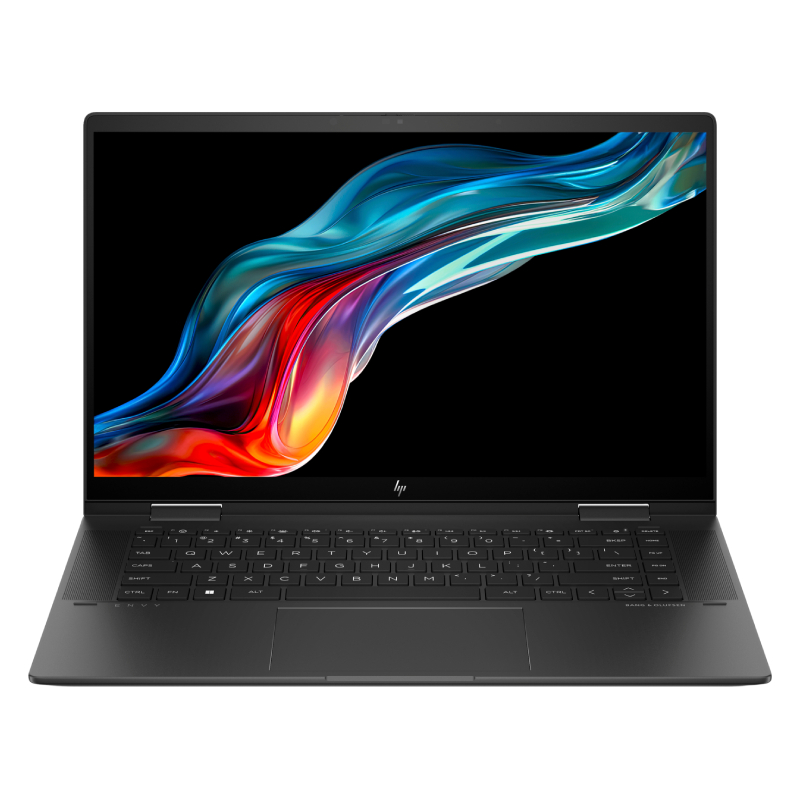
Best 2-in-1
If you need a powerful ultraportable with a subtle aesthetic and power that doesn't compromise, alongside excellent performance and a stunning OLED panel, this AMD Ryzen 2-in-1 is the one for you.
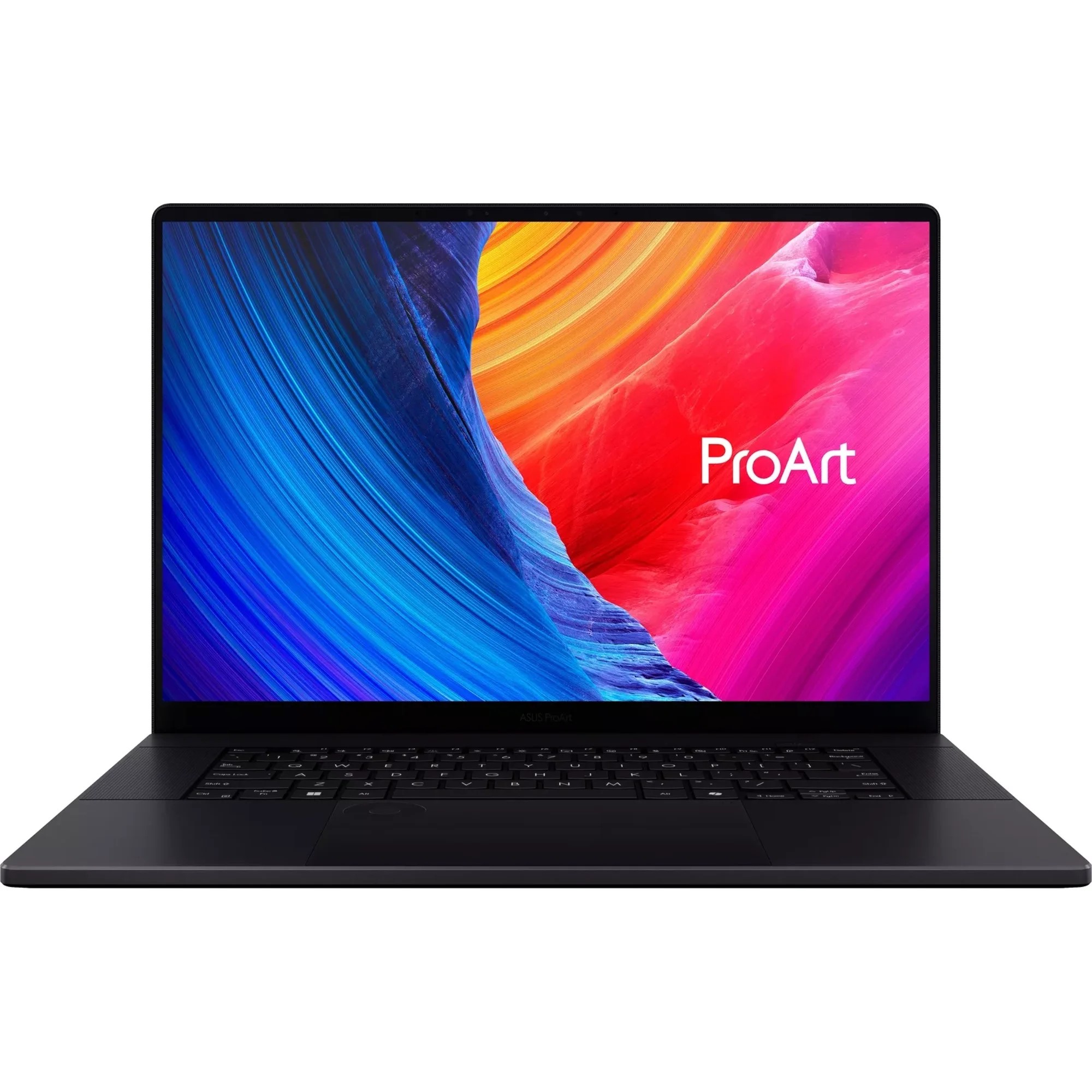
Best for video editing
The Asus ProArt P16 is an outstanding choice for video or photo editors. Its AMD Ryzen performance is bolstered by a discrete Nvidia RTX 4070 GPU. Content creators need to look no further.

Madeline Ricchiuto has covered software and hardware of all kinds for over 10 years as a journalist. She joined Future in 2019 as a tester in the hardware testing lab, where she tested hundreds of laptops, phones, and monitors before moving to Laptop Mag in 2024, reviewing over 20 laptops since joining the team as a Staff Writer.
The best AMD Ryzen laptops in 2025
Why you can trust Laptop Mag
Best overall
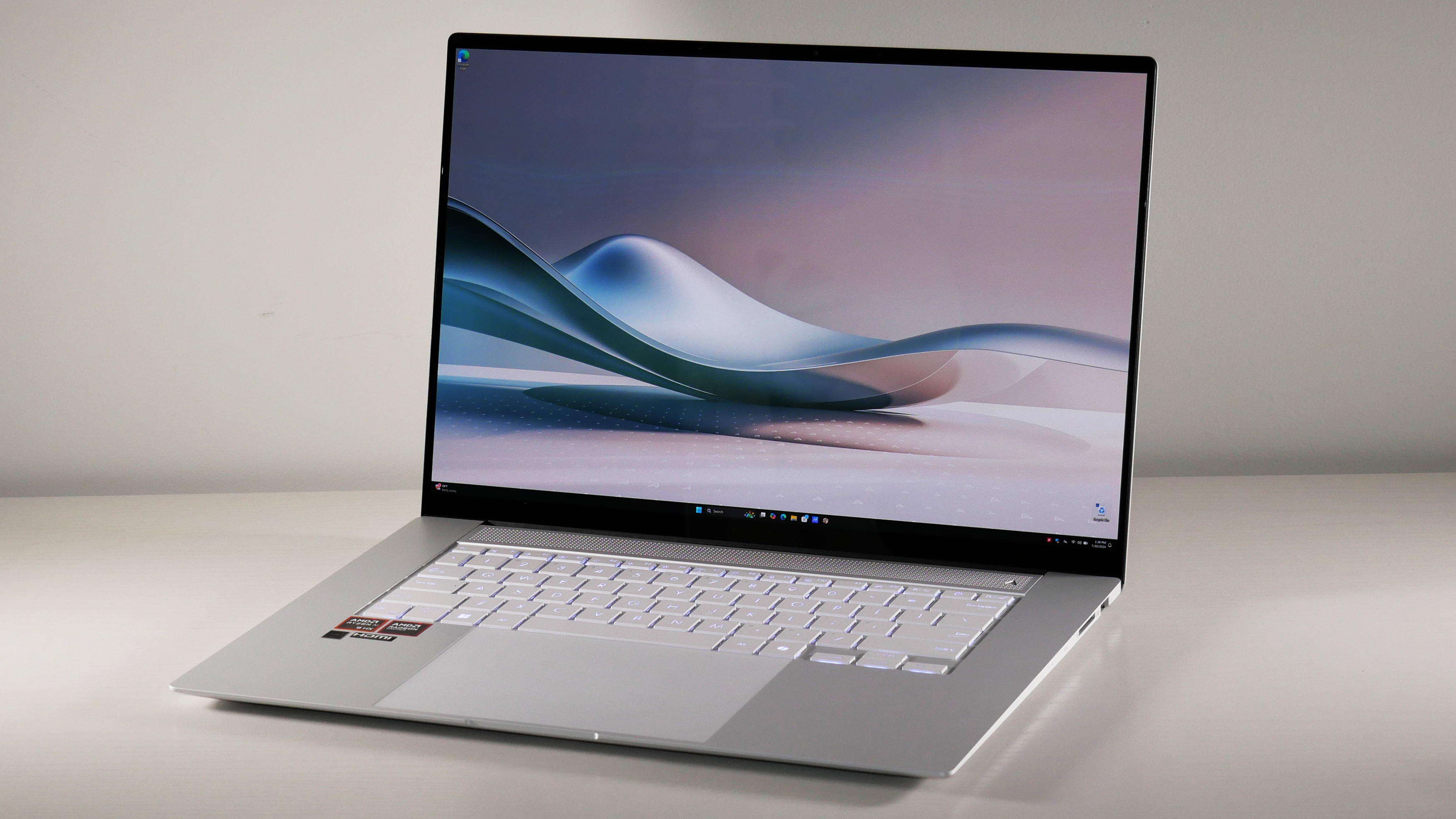
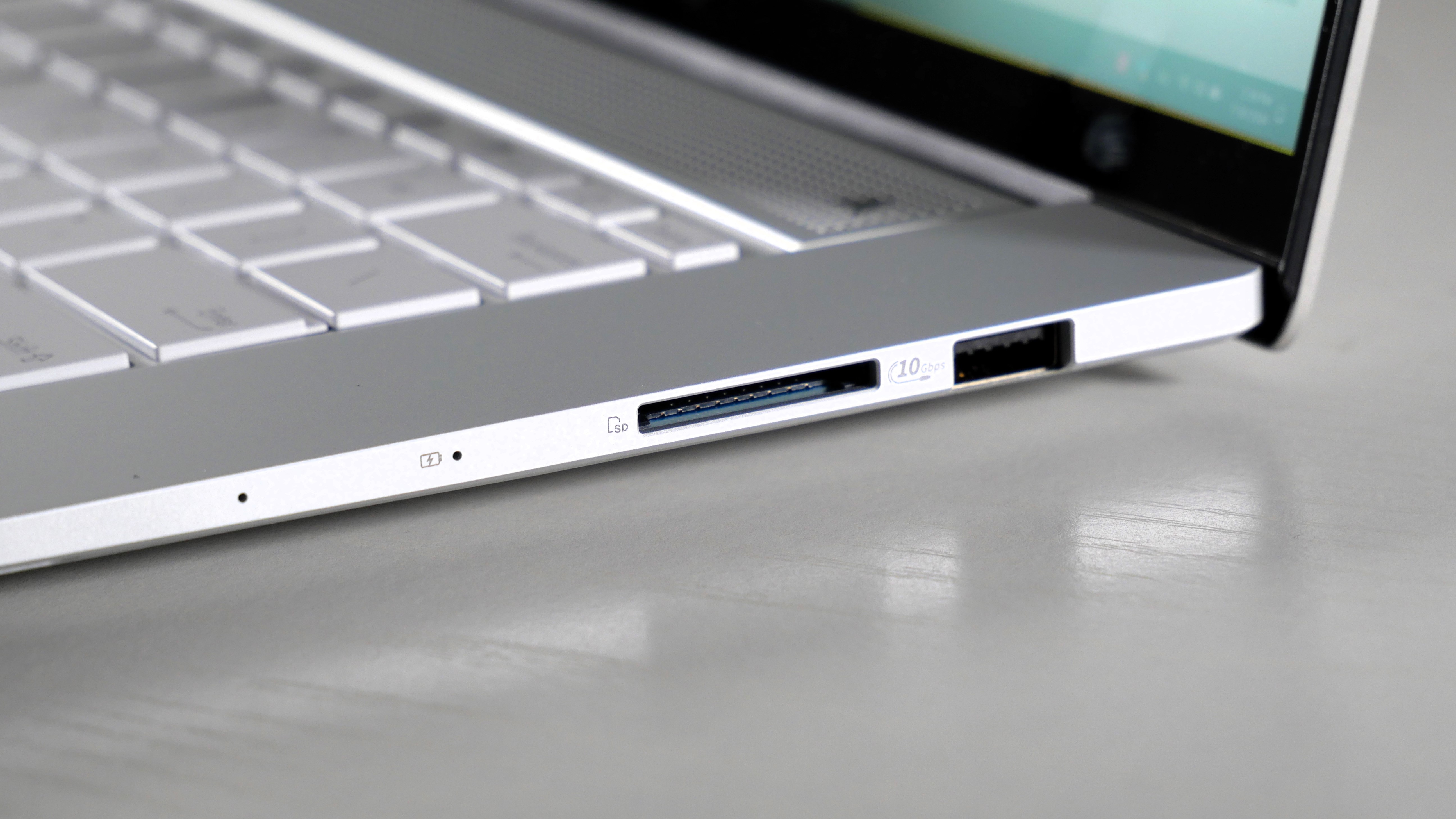
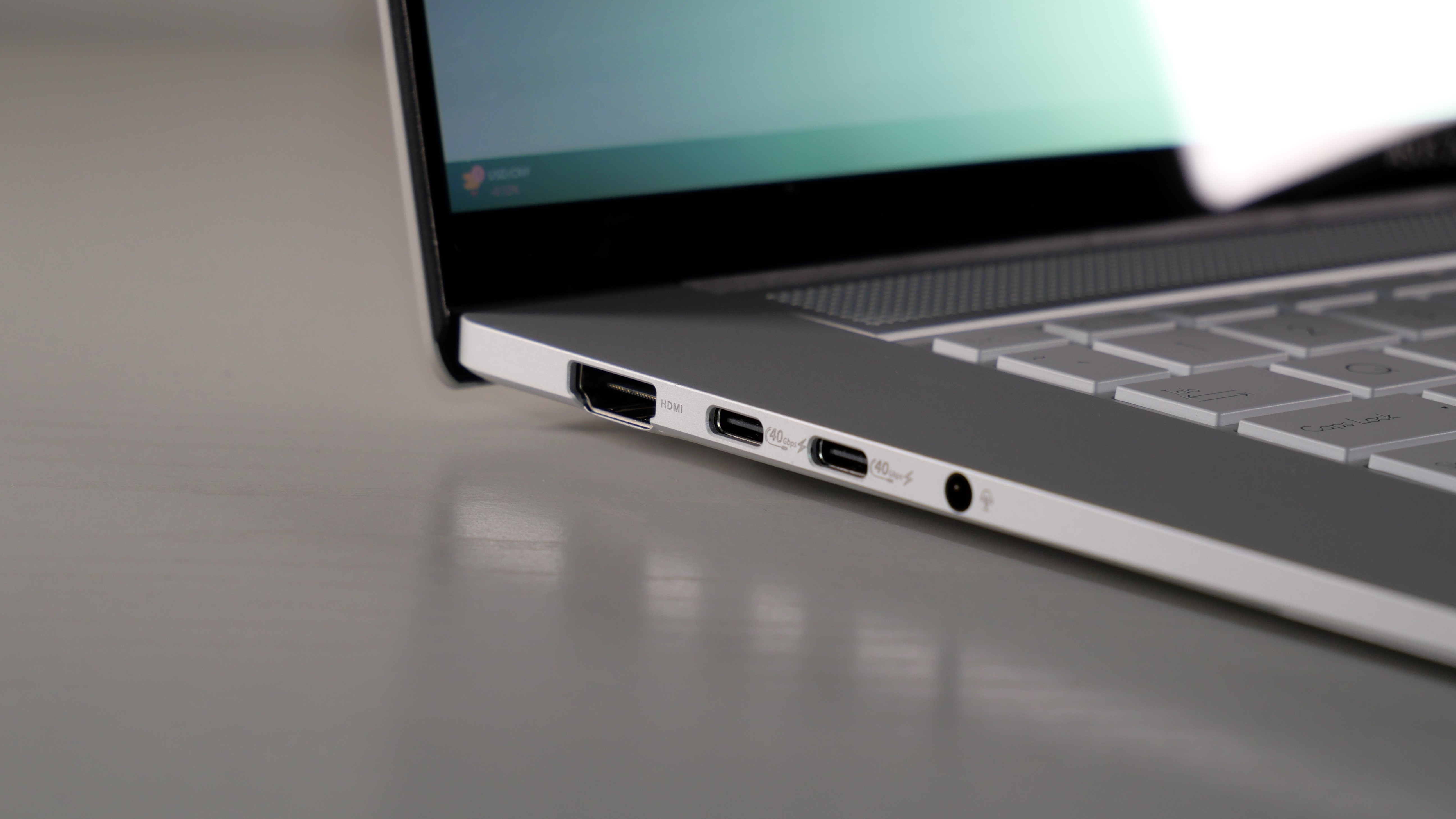

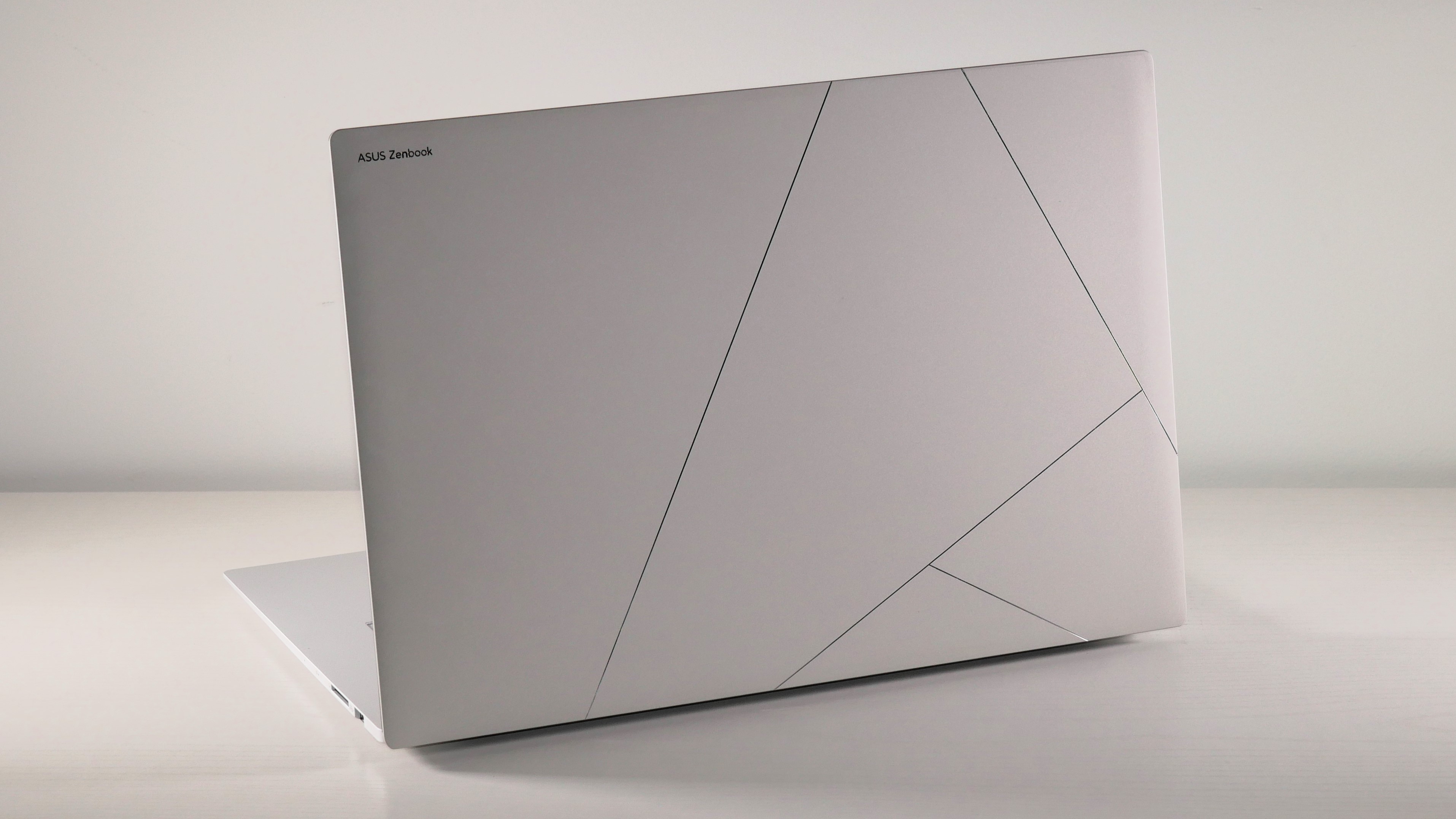
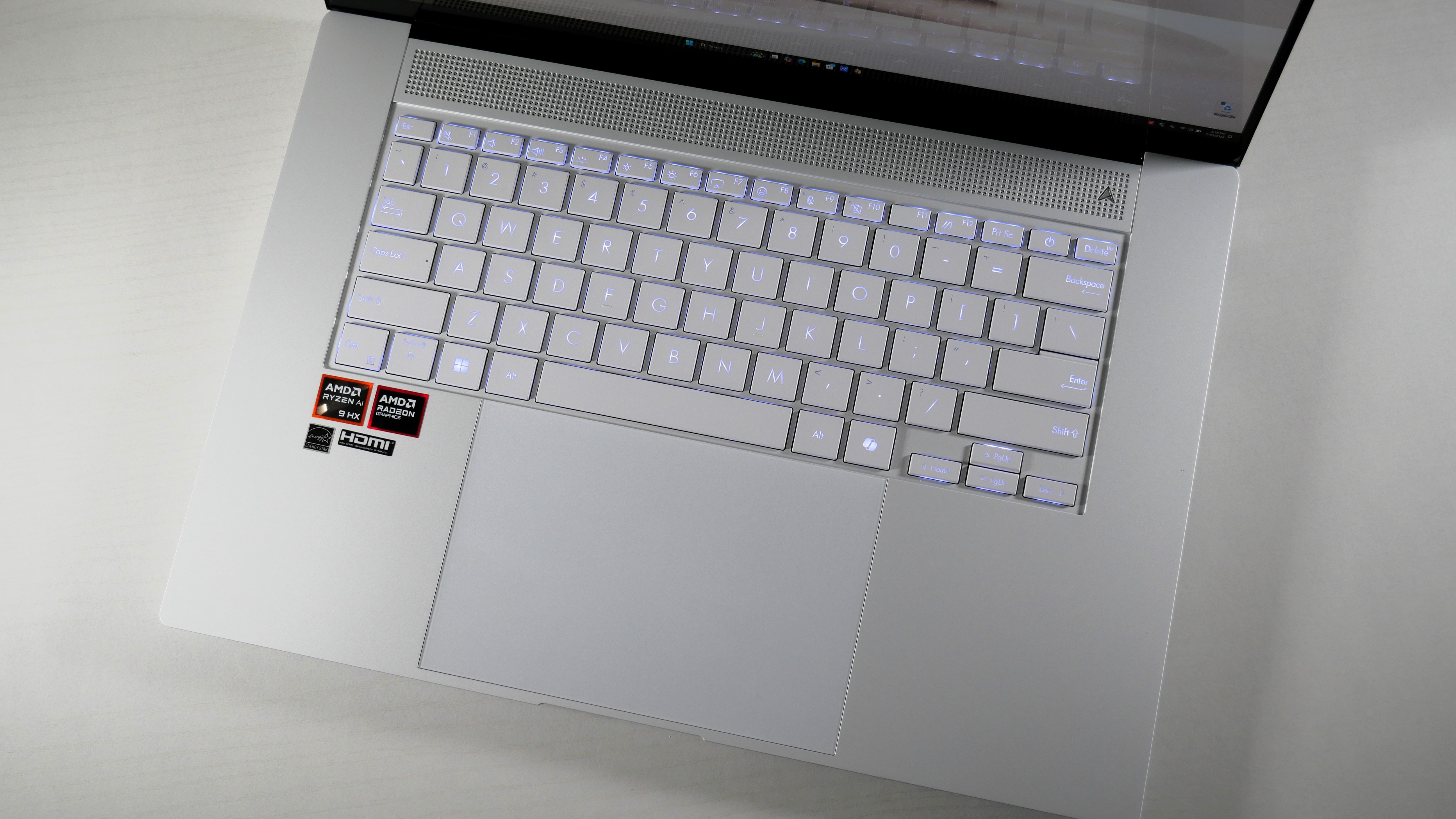
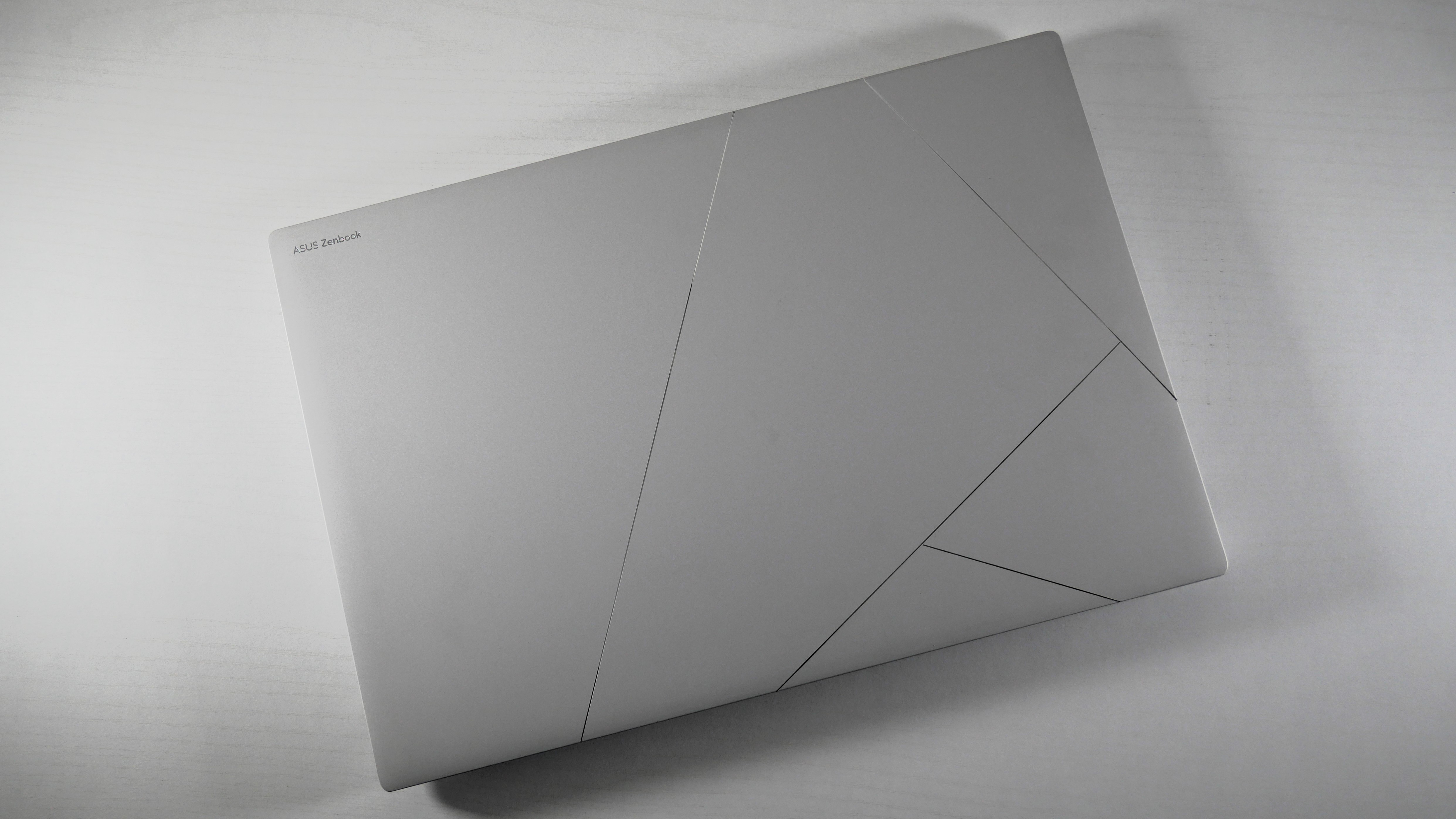
Specifications
Reasons to buy
Reasons to avoid
Asus Zenbook S 16 (UM5606) offers the best of AMD's Ryzen AI 300 series, providing incredible power and efficiency, with upgraded memory, more than enough storage, and an OLED display. The Zenbook S line also has an eye-catching modern design with a unique Ceraluminum chassis that gives it a premium feel. And at just $1,399 it's almost a bargain.
✔️You want AMD's best processor yet: While we expect great things from AMD's upcoming "Fire Range" gaming CPUs, the Ryzen AI 300 series are a no-compromise solution for most laptop users.
✔️ You want a gorgeous 16-inch display for your next Netflix binge: The Zenbook S 16 features an impressively colorful 2880 x 1800 pixel OLED display. While watching the Borderlands trailer, we were stunned by the sharp, vivid details captured on the bright, glossy OLED panel.
✖️You need a satisfying keyboard experience: The typing experience is a major drawback on all of the Asus Zenbook S laptops. Because the chassis is an ultra-thin, ultra-light Ceraluminum, the keyboards are a mushy membrane with limited tactile feedback and almost no key travel. While it won't make your typing worse, it won't be satisfying.
✖️You want to game on your AMD laptop: The Zenbook S16 has pretty solid gaming performance on its powerful Radeon integrated graphics chip. But gamers who'd like to play at higher resolutions or higher graphics settings will want a discrete GPU. So if you want the AMD Advantage in your gaming life, we recommend the Razer Blade 14 (2024) or Asus TUF Gaming A14 (2024) instead.
This powerhouse premium laptop features an AMD Ryzen AI 9 HX 370 processor, which offers some incredible performance in both productivity and even in gaming and content creation thanks to its powerful Radeon 890M integrated graphics card and XDNA 2 NPU.
Rami Tabari said in our review, "The Asus Zenbook S16 UM5606 has the makings of a great laptop, from its incredible performance and graphics to its long battery life and stellar design."
Of course, the Zenbook does have a few drawbacks, like an unsatisfying keyboard and slower SSD, but it makes up for those shortcomings by surviving an impressive 11 hours and 35 minutes on our battery test. And it starts at just $1,399.
The Zenbook S16 scored above most of its competition on Geekbench 6, with a multicore average of 13,282. That outpaces even the MacBook Air 15 M3's 12,052 average and the Intel Lunar Lake Zenbook S14's 11,157 average.
With a unique Ceraluminum chassis, the Zenbook S16 is a gorgeous, affordable, powerful AMD laptop that meets the needs of most Windows power users.
See our full Asus Zenbook S16 review.
Best budget

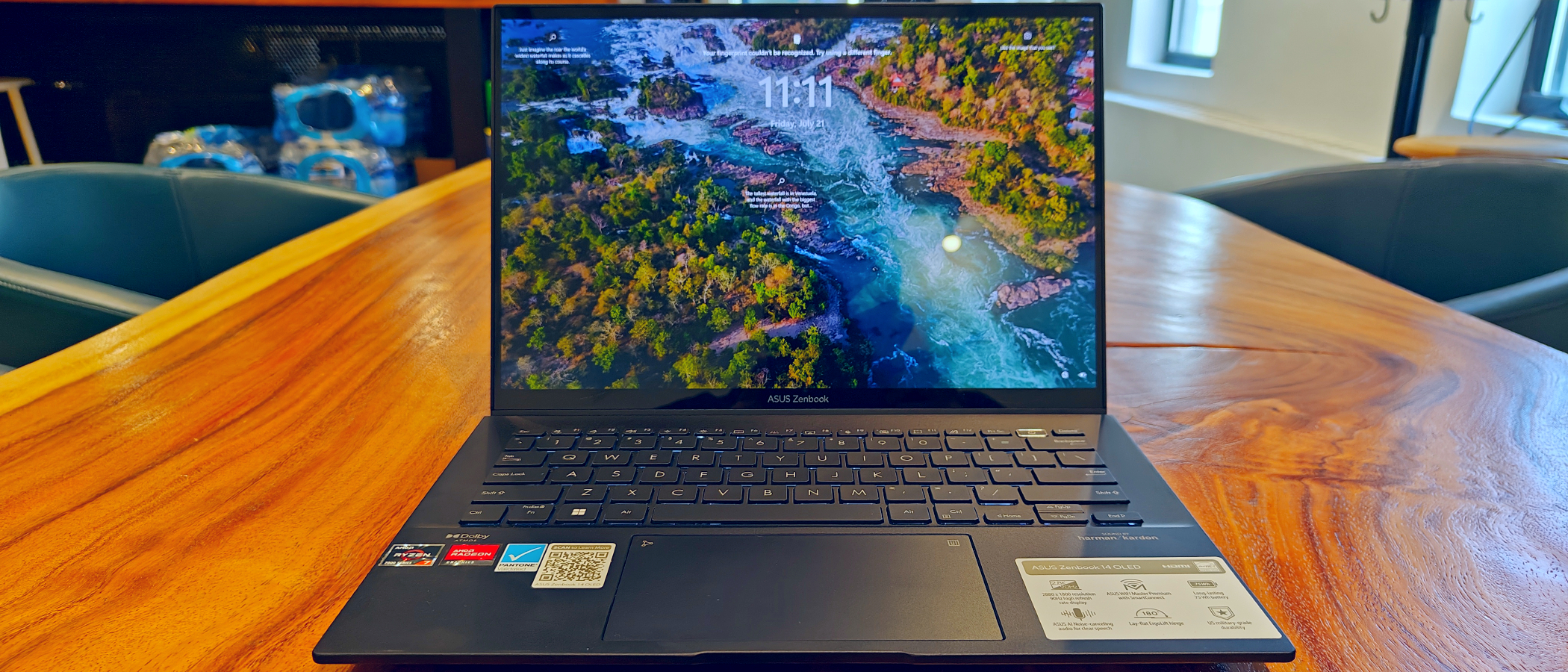
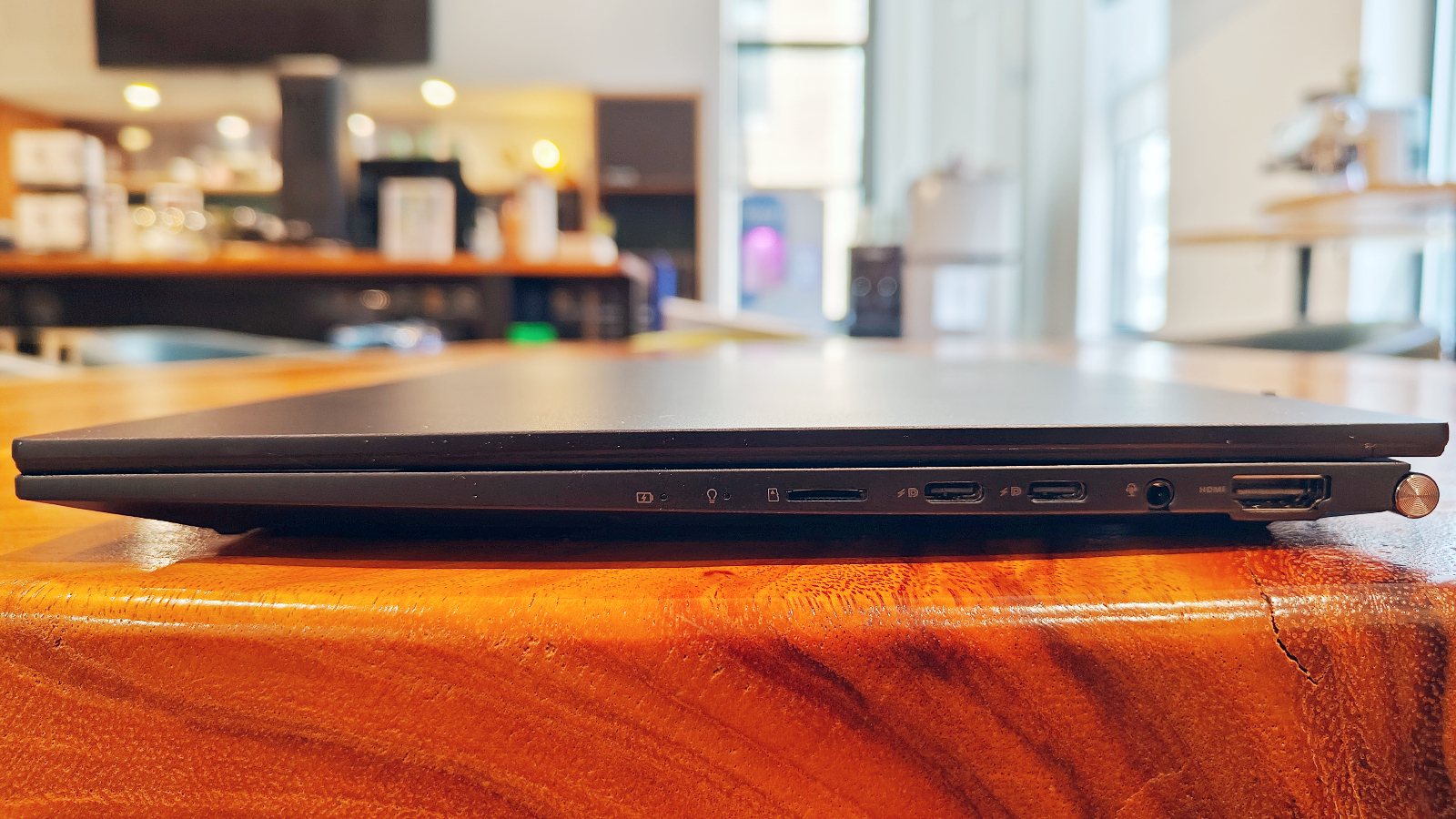
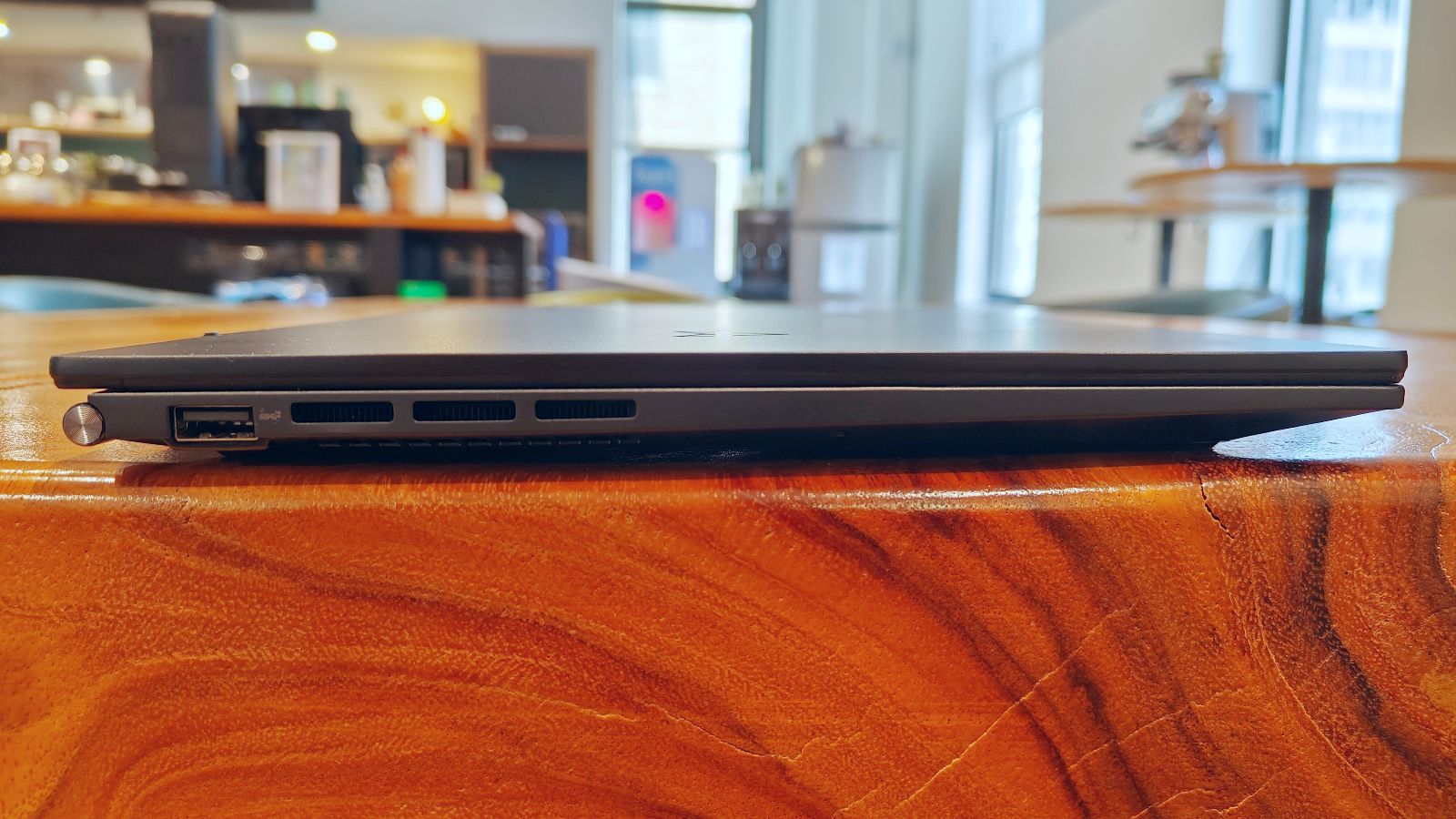
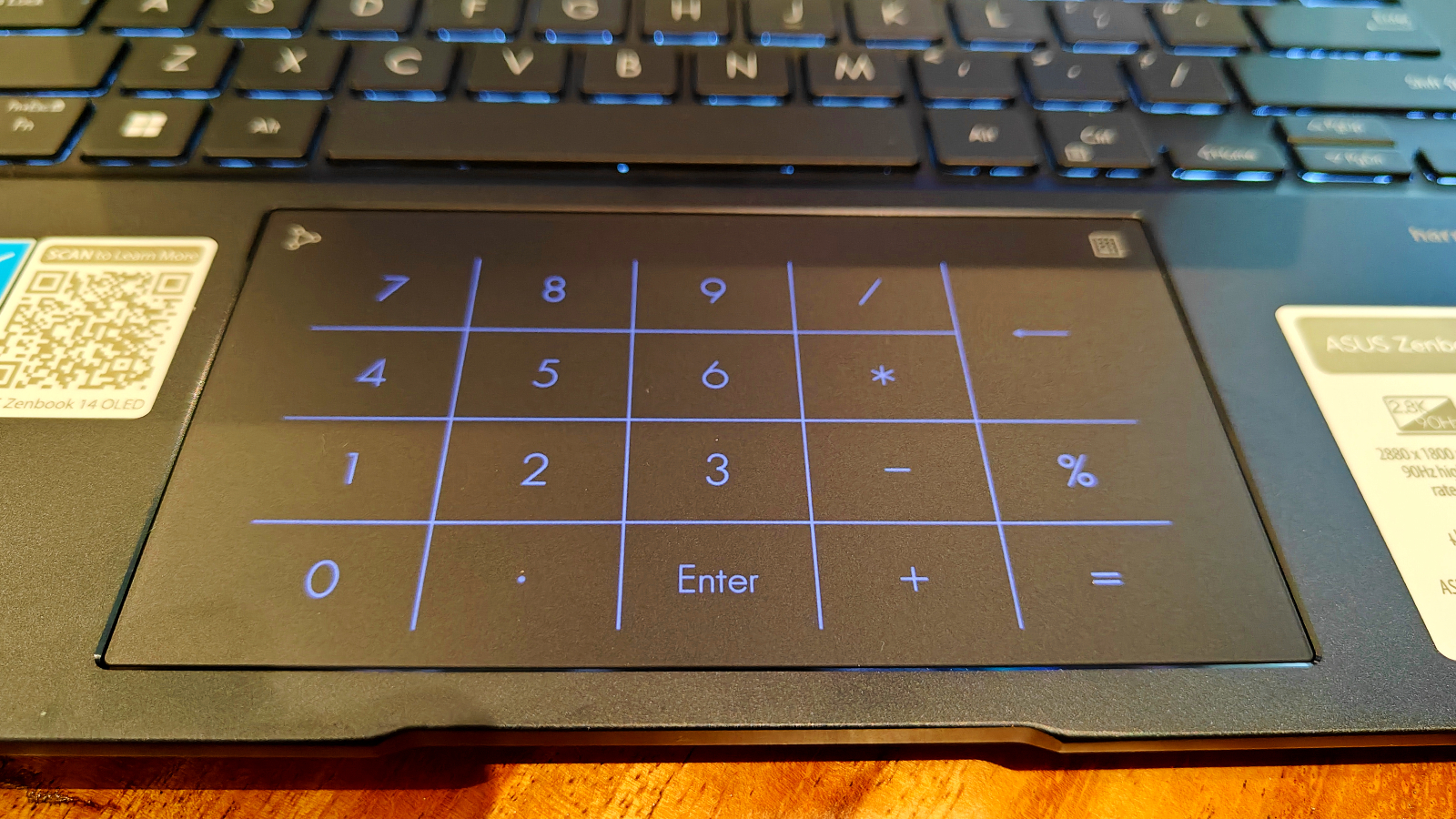
Specifications
Reasons to buy
Reasons to avoid
Asus Zenbook 14 OLED(UM3402Y) was our top AMD pick over all, until the Zenbook S16 unseated it for the top spot. The Zenbook 14 OLED offers solid performance, great battery life, excellent audio, and a stunning OLED display for under $1000. Making it the best choice for AMD fans on a limited budget.
✔️You want a no-compromise AMD laptop without spending too much money: The Zenbook 14 OLED (UM3402Y) isn't the most powerful AMD laptop on this list, but it does hold its own for work, web browsing, and entertainment. And it's incredibly affordable.
✔️ You want a gorgeous OLED display for your next streaming session: The Zenbook 14 OLED has a bright, vivid OLED display measuring 79% DCI-P3 color gamut coverage and a peak brightness of 346 nits, which is more than enough to capture all the crisp detail of the latest binge-worthy shows.
✖️You want the latest AMD Ryzen AI functionality: If you want to dive into the latest AI features and updates, the small NPU on the Zenbook 14 OLED's Ryzen 7 7730U processor isn't going to cut it. We'd recommend opting for a laptop with the latest Ryzen AI 300 series processors, like the Zenbook S16.
✖️You don't want to be wiping smudges off this laptop for the rest of your natural life: The Zenbook 14 OLED chassis is clean and minimalist, with a solid keyboard, but it collects fingerprints and smudges like a magnet.
The Asus Zenbook 14 OLED is an easy pick for the best budget AMD laptop in 2025. For under $1,000, you get a gorgeous sharp display, solid performance, and over 11 hours of battery life.
Mark Anthony Ramirez said in our review, "The Asus Zenbook 14 OLED (UM3402) is a beautiful workhorse. It features a balance of productivity performance while being an excellent content-devouring device."
It's all impressive at this price point, but I need to pay special attention to that display immediately. It is a 2.8K OLED touchscreen that will leave you feeling like you got away with something when you unbox it and power it on for the first time. The excellent Harman Kardon-tuned speakers flesh out the Zenbooks resume as a streaming media center when you need to watch content on the go.
If productivity is your primary concern, the Zenbook 14 OLED is up to the challenge, too, with solid performance and a fantastic keyboard that allowed our reviewer to blow past his average typing speed. For spreadsheet aficionados, the Zenbook's touchpad can convert into a number pad with a single tap.
The Asus Zenbook 14 OLED also benefits from solid Geekbench 6 performance for such an affordable laptop, managing a multi-core score of 7,785. This is a bit lower than the mainstream laptop average of 9,189
If you need more power or a bigger screen, we've got options for you on this page, but for around $800, the Asus Zenbook 14 OLED ticks all the boxes for typical laptop users, and that's why it is our pick for the best overall AMD laptop.
See our full Asus Zenbook 14 OLED UM3402Y review.
Best gaming
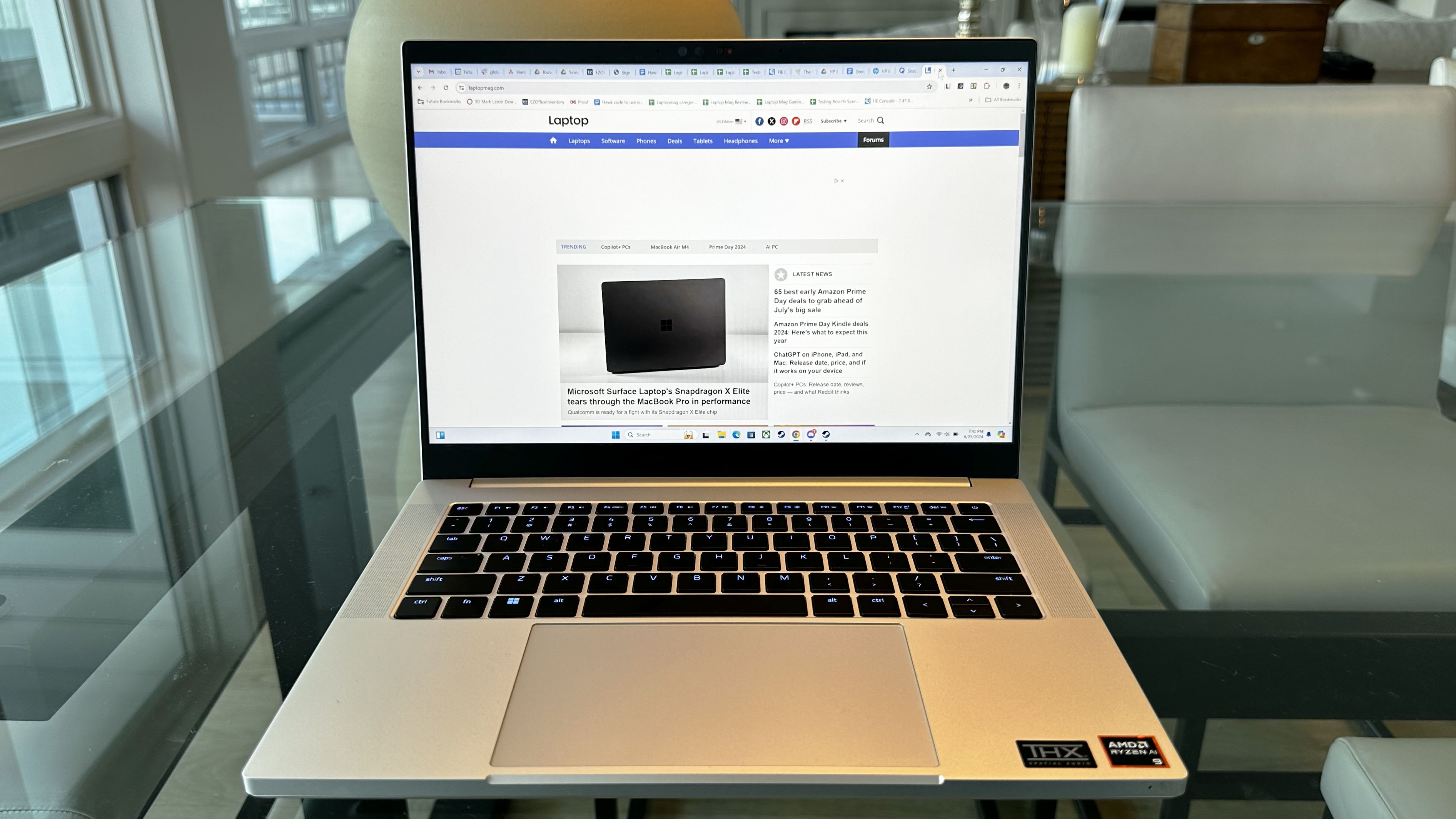
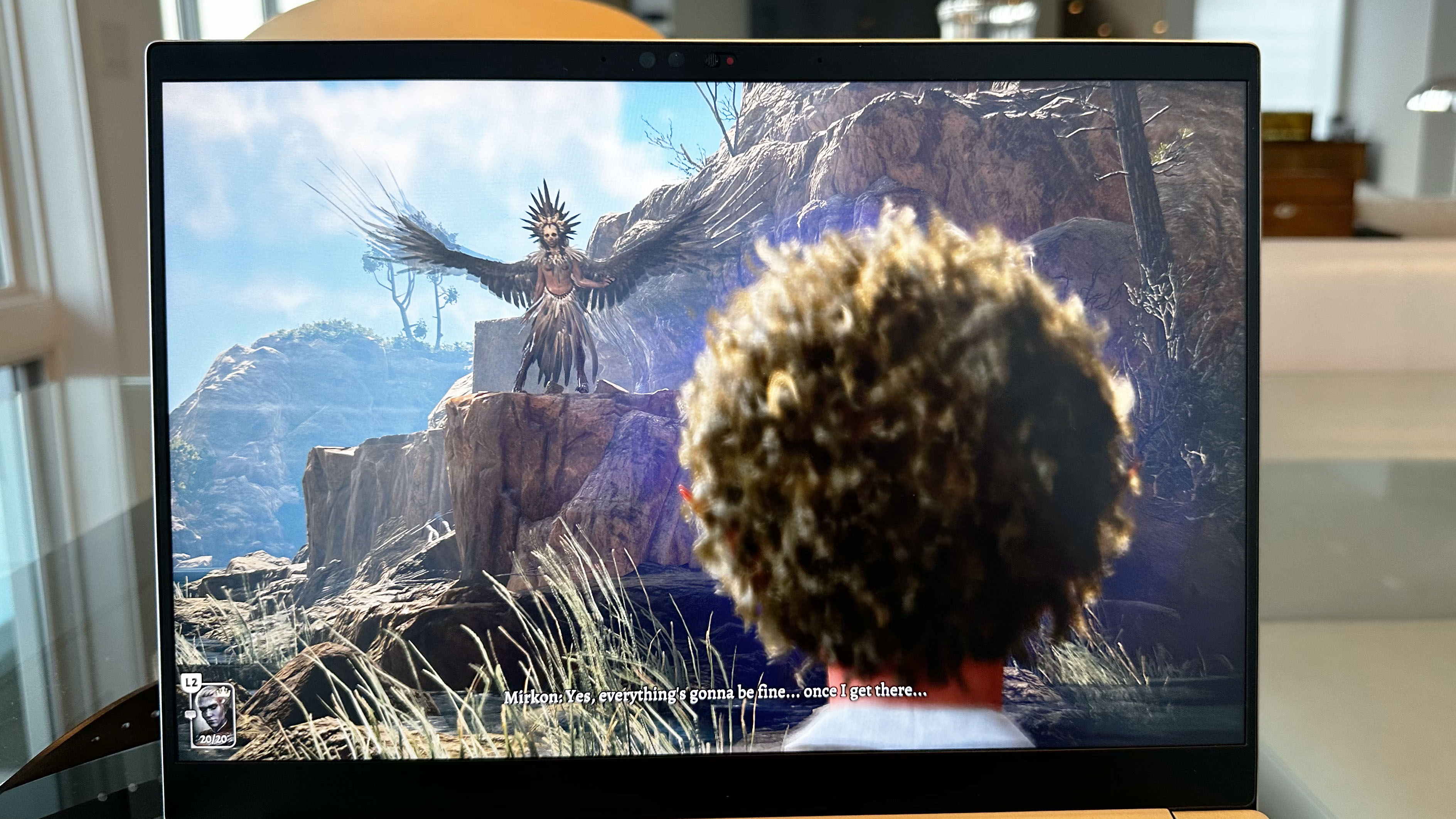
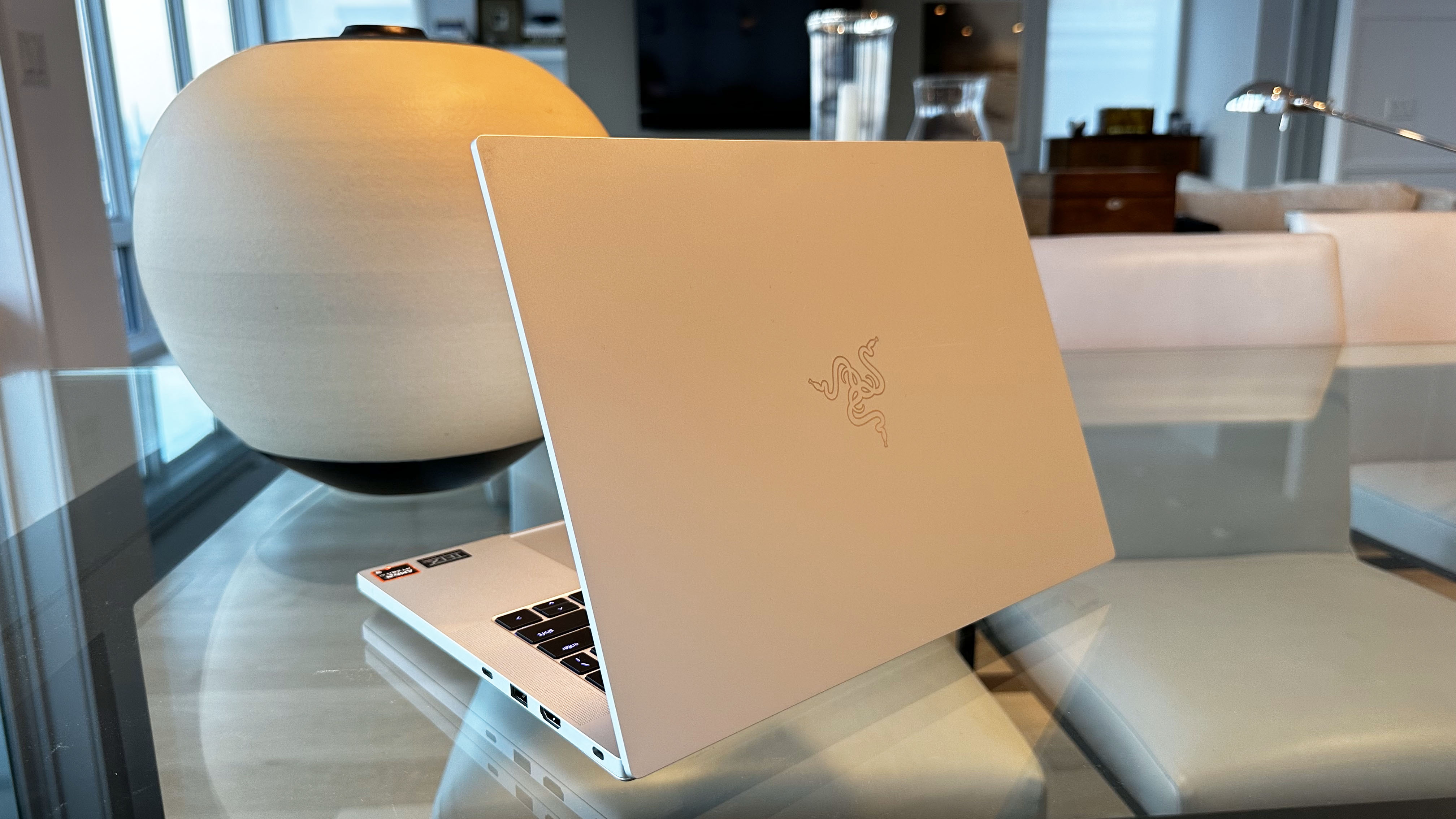
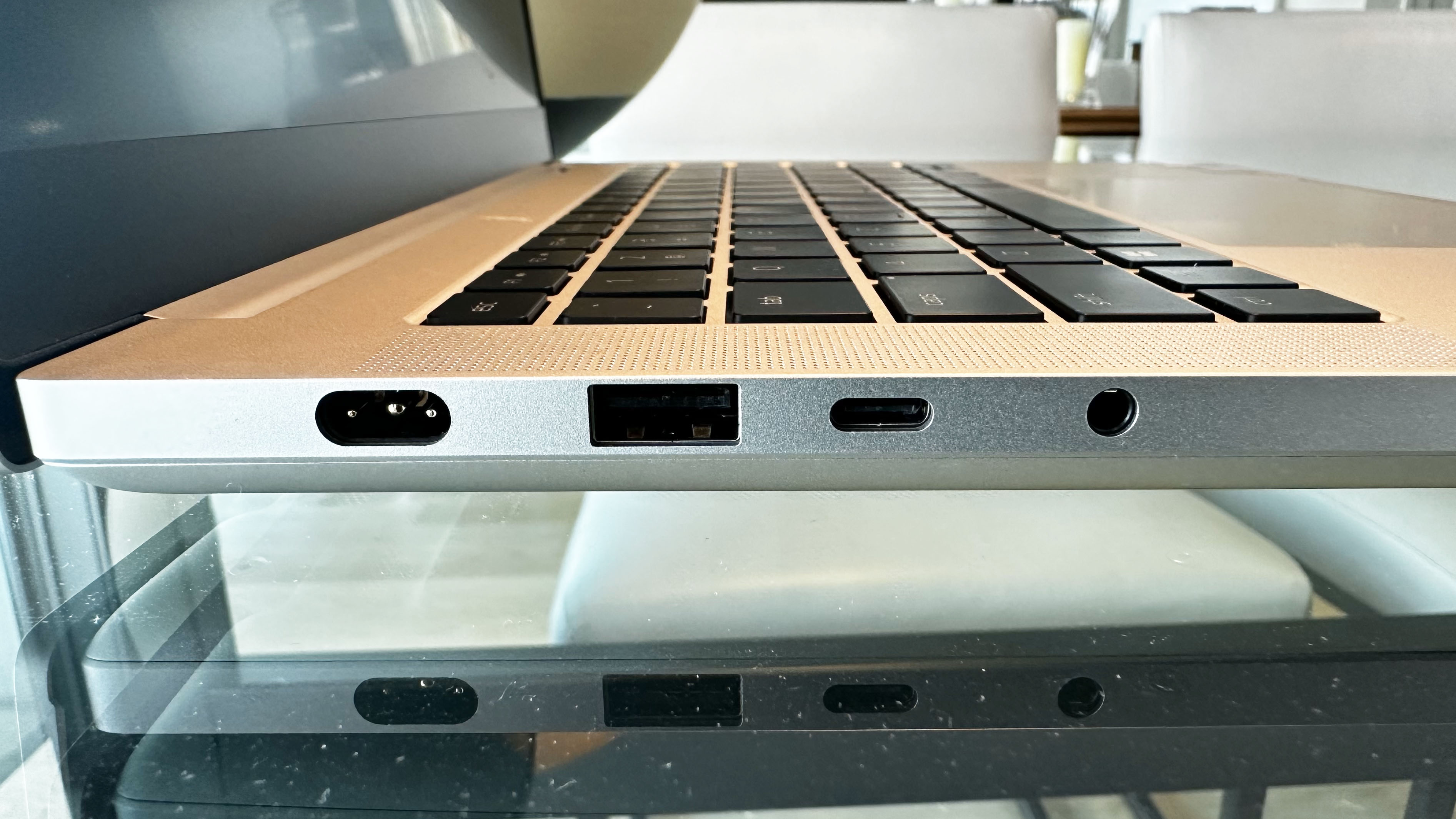
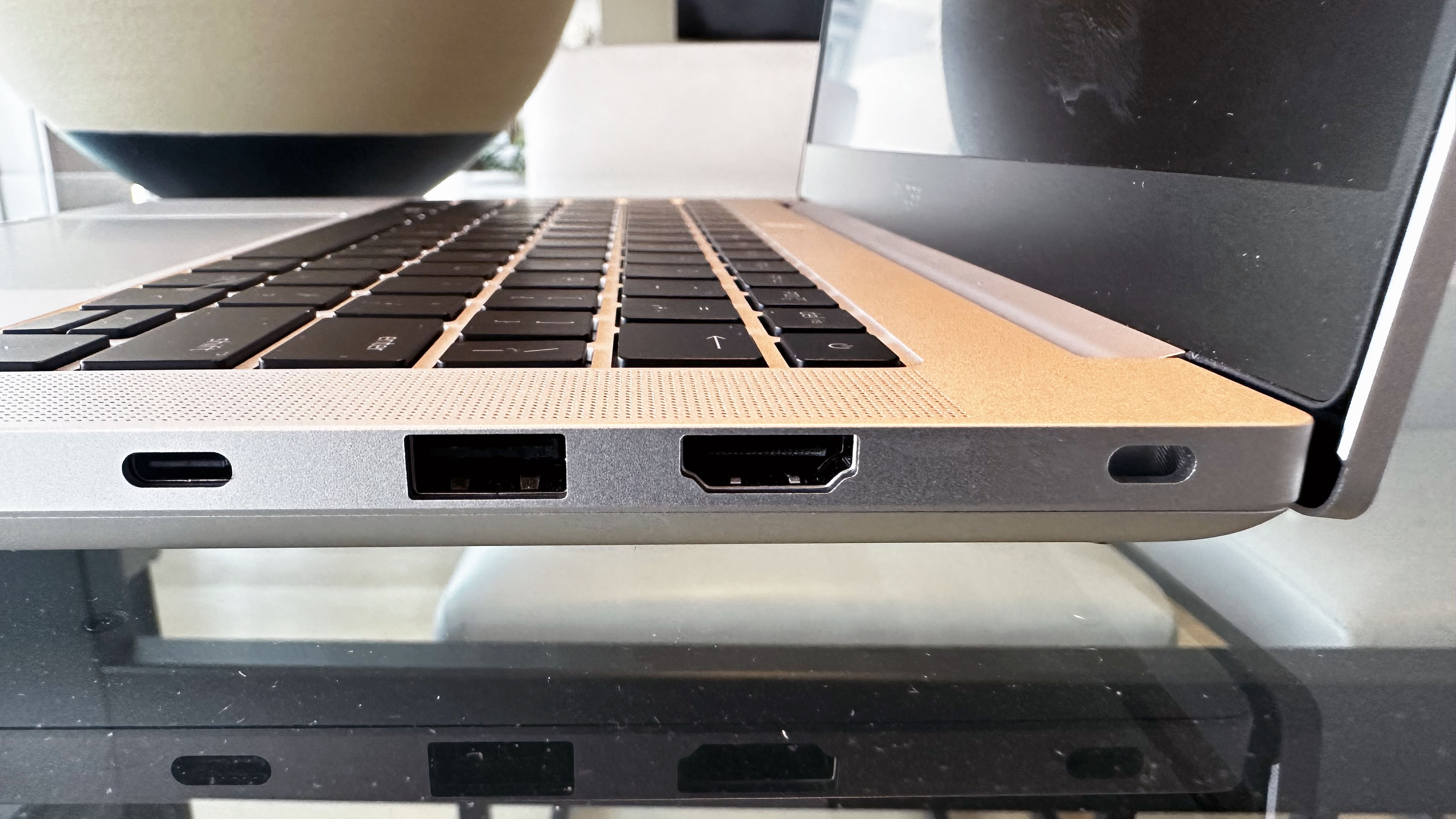
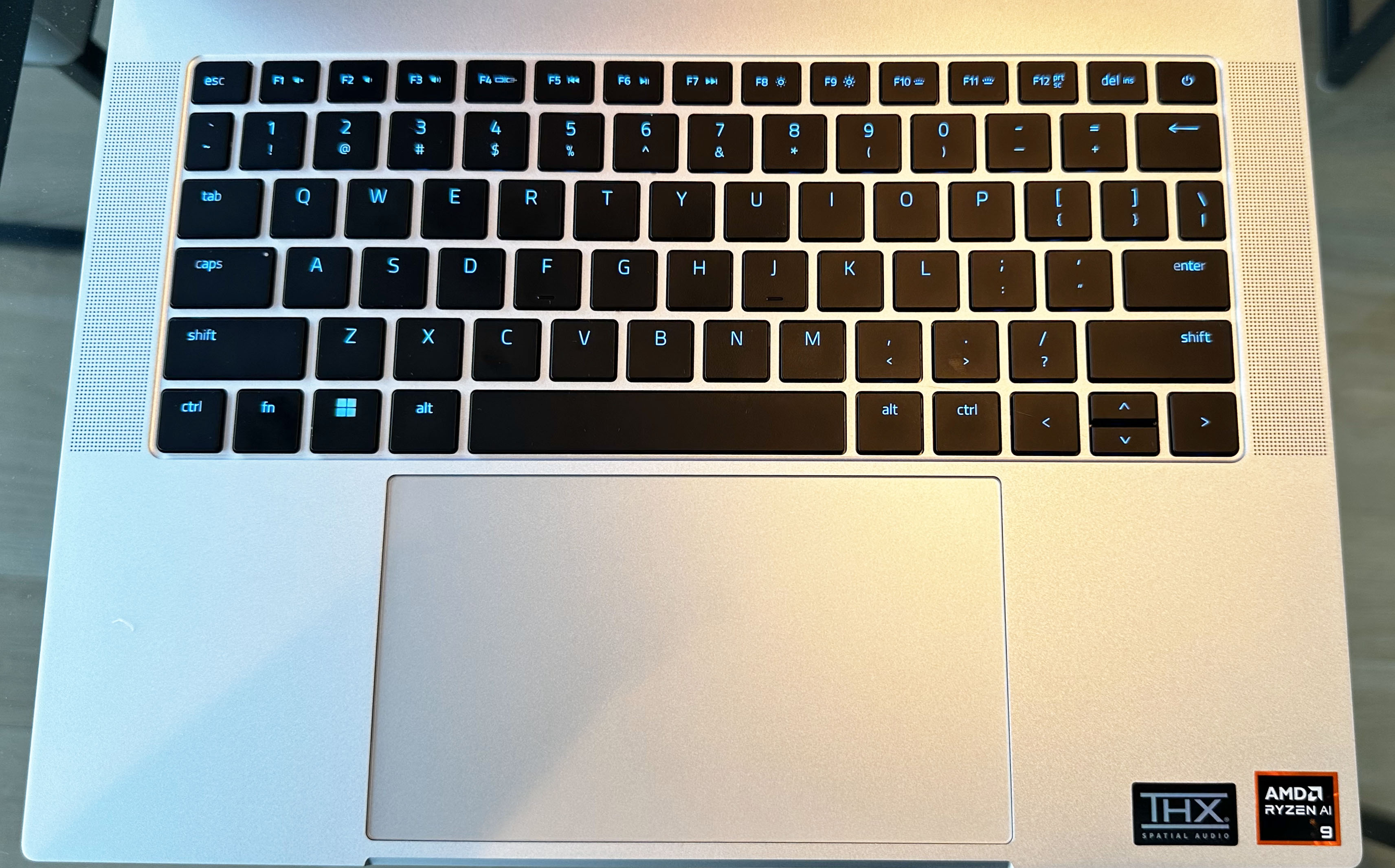
Specifications
Reasons to buy
Reasons to avoid
Razer Blade 14 (Early 2024) is the updated spec of our favorite Razer gaming laptop. It hits that 14-inch portability sweet spot with enough power and performance to make it a standout gaming laptop even among its Intel peers.
✔️You want the most premium AMD gaming laptop yet: The Razer Blade 14 features an 8th-gen Ryzen 9 8945HS, Nvidia RTX 4070 with 8GB of VRAM, 32GB of system RAM, 1TB of storage, and a 14-inch 240Hz 2560 x 1600 IPS display, all in a sleek, premium Razer chassis.
✔️ You want a gaming laptop that does everything: While we do have a more budget-friendly option on this list, the Razer Blade 14 can be a powerhouse while gaming and creating content, with a bright, vivid display and loud, impactful audio. So if you need a laptop that makes no compromises, the Blade 14 is the way to go.
✖️You need to stick to a tight budget: The Razer Blade 14 (Early 2024) is not a gaming laptop for the average college student. Razer gaming laptops are high-end, premium performance machines and have the price tag to match. The Razer Blade (Early 2024) model starts at $2,199 while our review spec is $2,699, so the Blade 14 will not be kind to your wallet.
✖️You need a gaming laptop with all-day battery life: The Razer Blade 14 (Early 2024) lasted just 6 hours and 23 minutes on our web-surfing battery test. The 2023 model lasted over 8 hours on our battery test, and the Asus TUF Gaming A14 lasted over 10. Either would be a better choice for gamers who want a truly mobile experience.
Not only is the Razer Blade 14 the best AMD Ryzen-powered gaming laptop you can buy, but we'd argue it's one of the best gaming laptops you can buy. The only exception would be those who need something in a budget category or want a blindingly fast 4090 GPU. Still, this laptop is a jack of all trades for many gamers, delivering powerful gaming and productivity performance, a gorgeously vivid and bright display, a sturdy aluminum chassis, punchy audio, and decent battery life.
Madeline Ricchiuto said in our review, "There are plenty of reasons to recommend the Razer Blade 14 (early 2024), from its fast performance, smooth graphics, impactful speakers, and bright display."
The 2024 Blade 14 lasted 6 hours and 26 minutes on Laptop Mag's battery life test, which is above the battery life of most gaming laptops. And it's packed with an AMD Ryzen 9 8945HS processor, an Nvidia GeForce RTX 4070 GPU with 8GB of VRAM, 32GB of RAM, 1TB SSD storage space, and a gorgeous 14-inch, 240Hz, 2560 x 1600-pixel display.
The Razer Blade 14 also absolutely crushed it in our performance tests, managing a multi-core score of 13,781 on the Geekbench 6 CPU benchmark, which is higher than the previous generation Blade 14's 11,881 average, or even that of the Asus ROG Zyphurs G14 (2024)'s 12,246 average.
Its display is also bright and vivid. The Blade 14 covered 78.9 percent of the DCI-P3 color gamut, and is glare-proof with 446 nits of brightness.
If you need something sturdy, powerful, reliable, and wonderful to look at, the Razer Blade 14 will not disappoint.
See our full review of the Razer Blade 14 review.
Best budget gaming
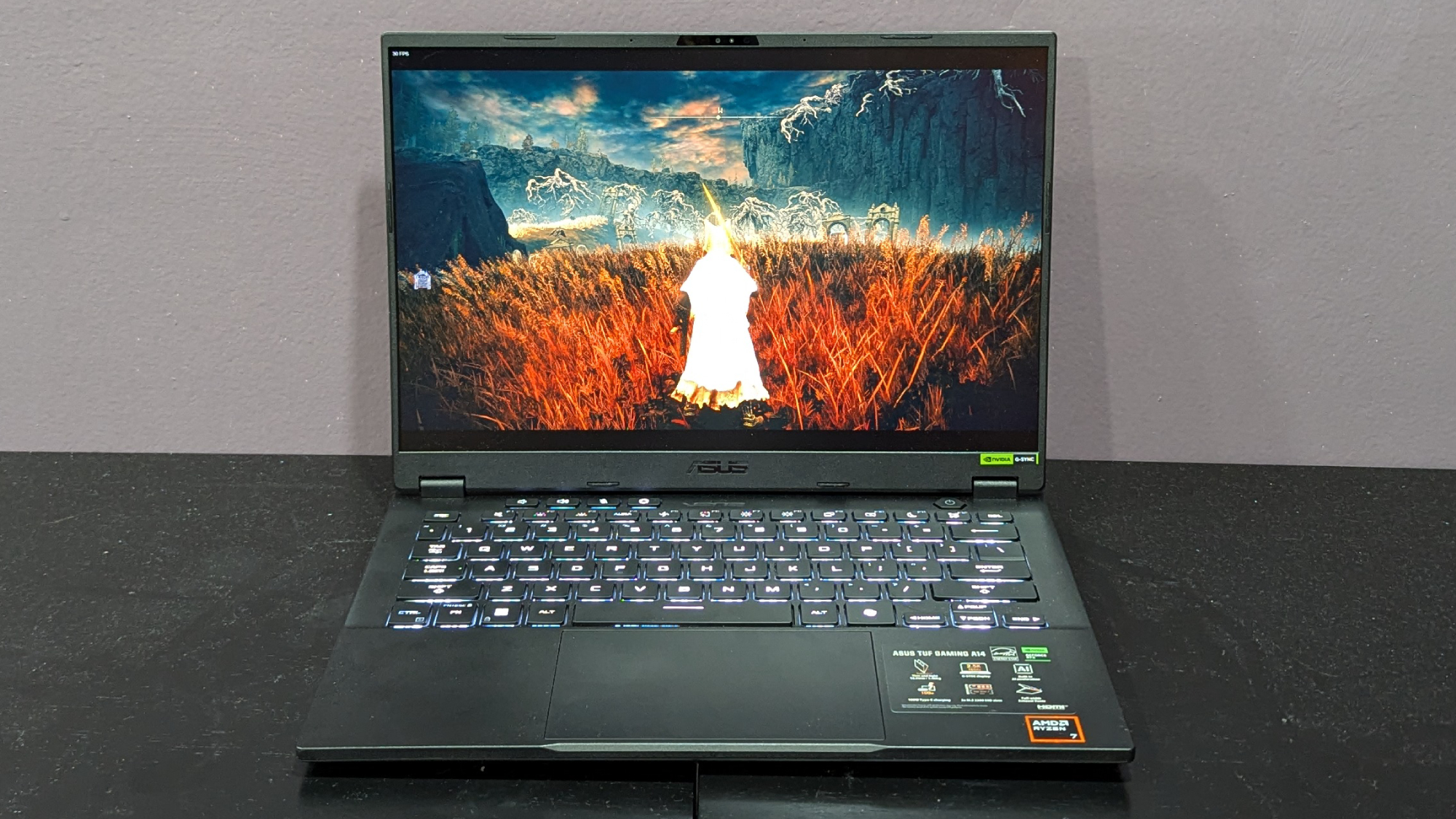
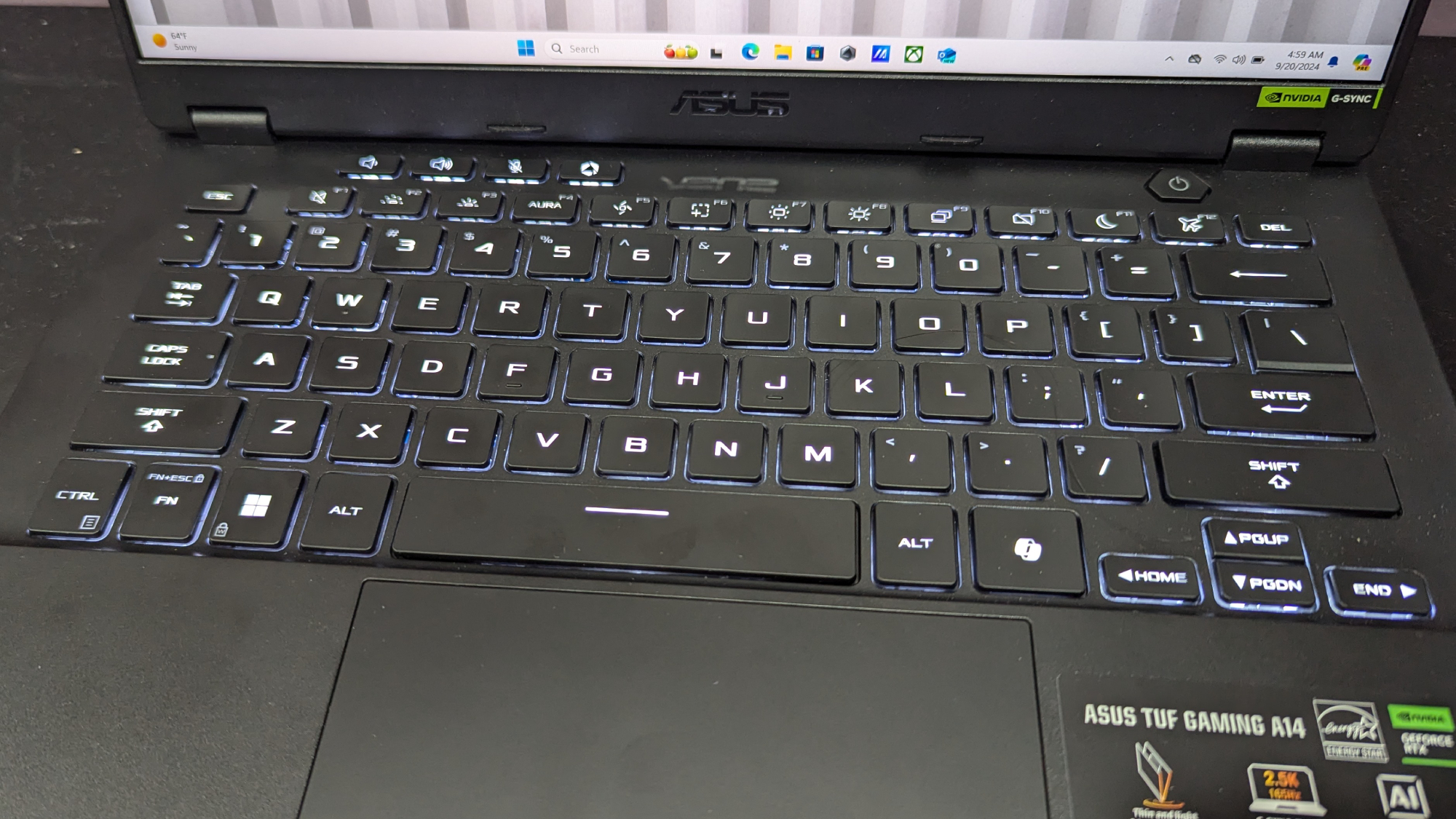
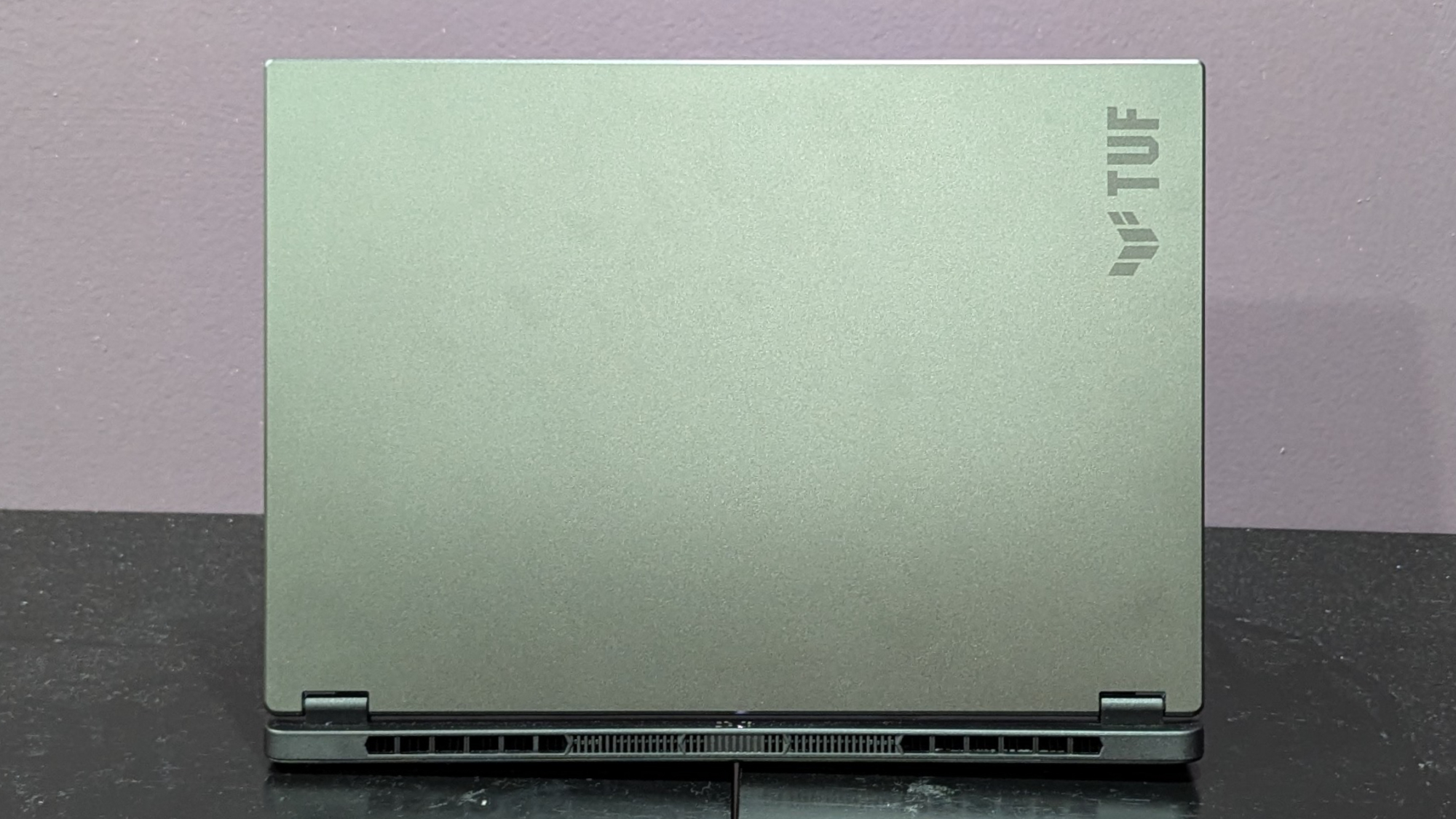
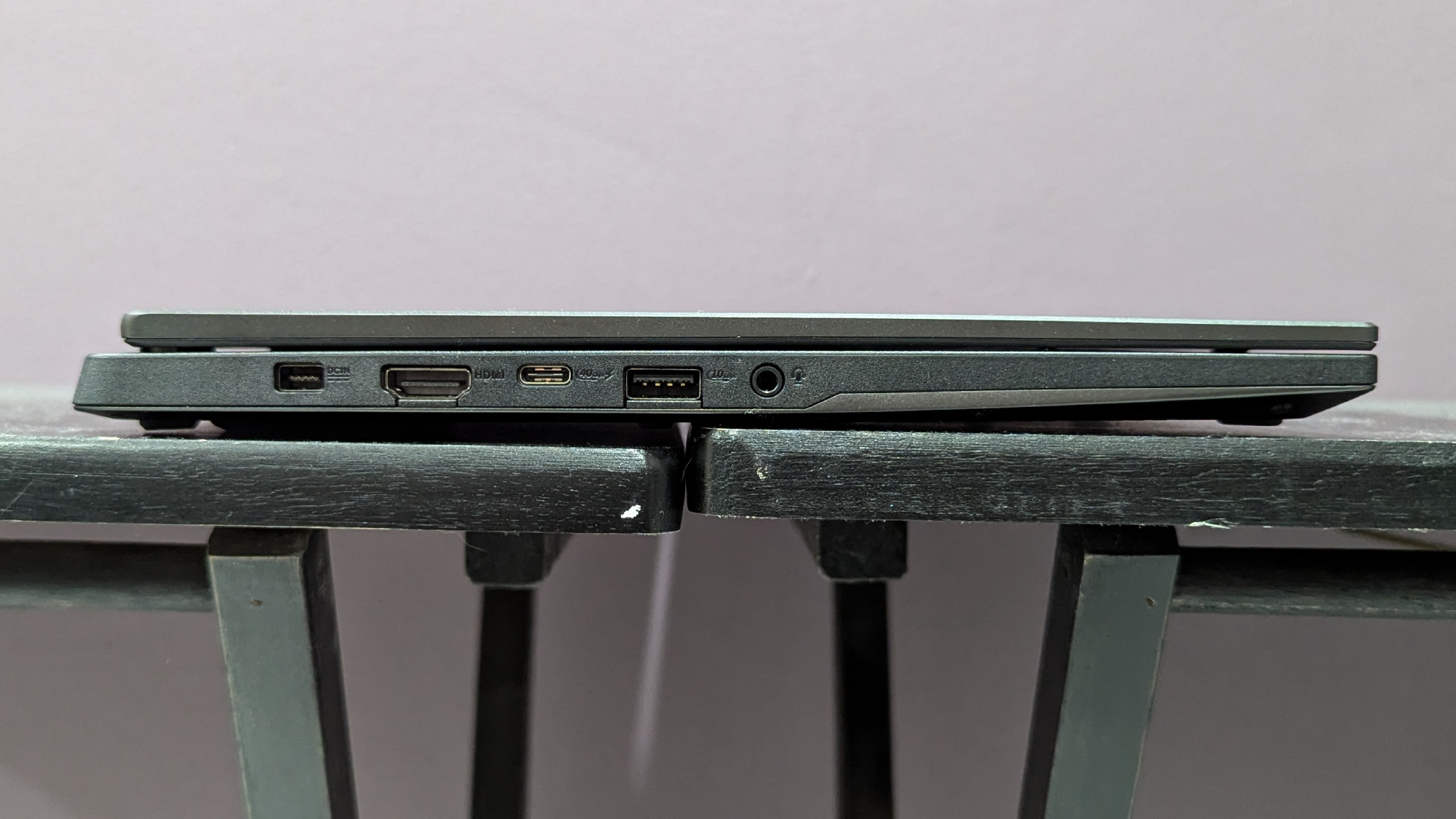
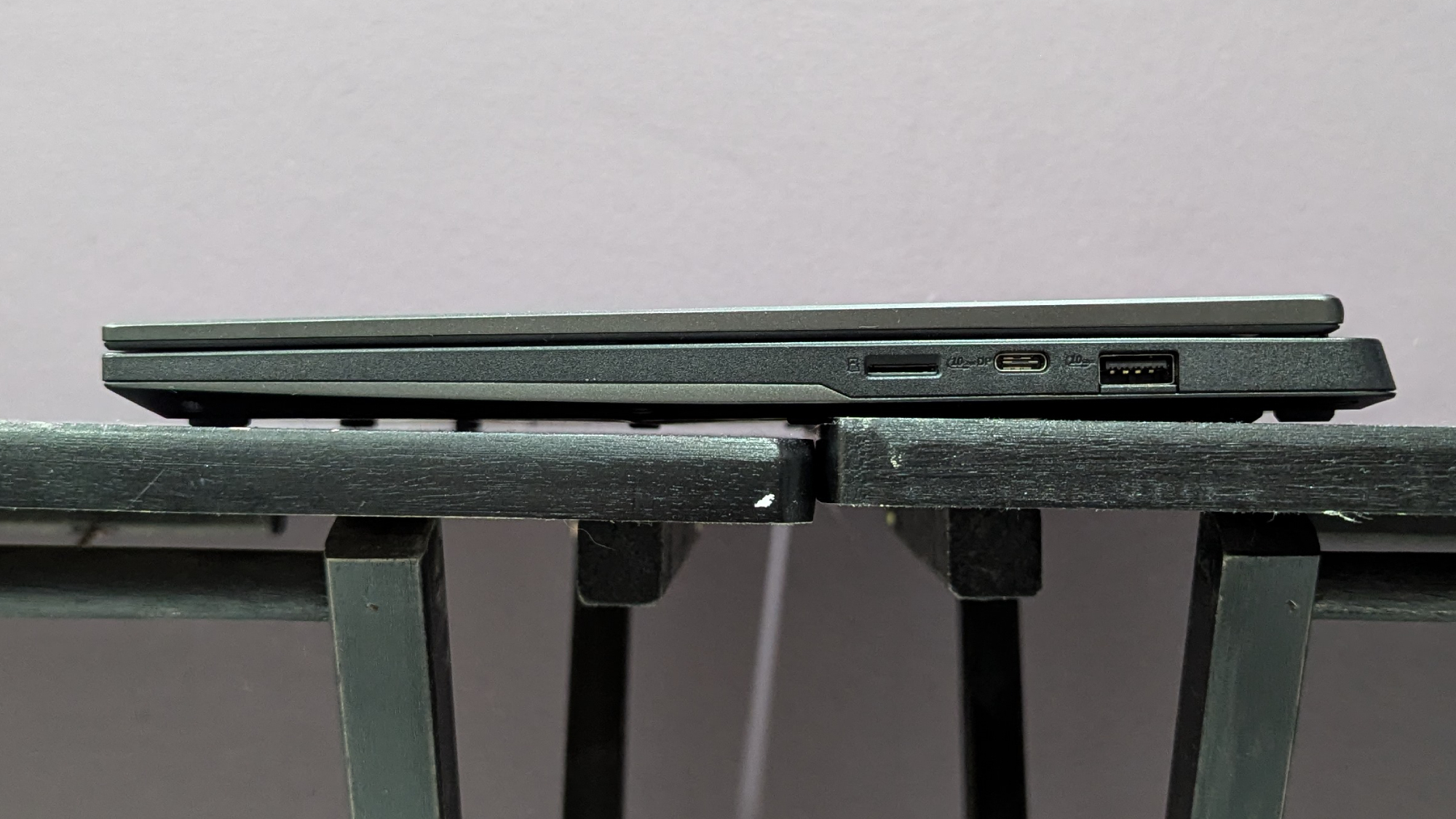
Specifications
Reasons to buy
Reasons to avoid
Asus TUF Gaming A14 (2024) combines a powerful Ryzen 7 8845HS CPU with an Nvidia GeForce RTX 4060 in an ultra-thin chassis, and it starts at just $1,399. While the Razer Blade 14 (Early 2024) is a more powerful gaming laptop, the TUF A14 is an incredible bargain.
✔️You want powerful AMD and Nvidia gaming performance while staying on-budget: The Ryzen 7 8845HS CPU and Nvidia RTX 4060 GPU combo behind the TUF A14 is a powerful combination, so much so that we don't quite believe you can take it home for $1,399. Or less, if its on sale.
✔️ You want a gaming laptop with all-day battery life: The Asus TUF Gaming A14 lasted over 10 hours on our websurfing battery test, making it one of the longest-lasting gaming laptops we've ever tested. The TUF A14 lasted almost 4 hours longer on our battery test than the Razer Blade 14 (Early 2024).
✖️You want the best AMD gaming performance: While the Asus TUF Gaming A14 is a powerful gaming laptop, it isn't going to break performance benchmark records. If you want a more powerful AMD gaming laptop, we recommend the Razer Blade 14 (Early 2024).
✖️You want a reactive trackpad: Touchpad sensitivity was the one major drawback of the TUF Gaming A14, as we found the trackpad was sluggish when compared to other gaming laptops. While you can get around this by using a mouse or gamepad while gaming, it could be annoying when browsing the web.
The Asus TUF Gaming A14 is one of the rare gaming laptops that boasts solid performance thanks to its AMD Ryzen 7 CPU and Nvidia GeForce RTX 4060 GPU, yet it still manages to last 10 hours and 4 minutes on our battery test. This may not seem impressive, but it is the longest-lasting gaming laptop we've tested in years.
Claire Tabari said in our review, "The TUF Gaming A14 is a sturdy, lightweight miracle designed to withstand accidental drops and extreme conditions," in our review of the Asus TUF Gaming A14.
It's a gaming laptop, so you want to know about the benchmarks. The Asus TUF Gaming A14 tore held its own in most of our gaming benchmarks, at or over 60 fps in Assassin's Creed Mirage (87 fps), Far Cry 6 (77 fps), and Red Dead Redemption 2 (61 fps). The lone exception was the notorious Cyberpunk 2077. However, it managed 30 fps, enough to meet our minimum playability standard.
It may not have a 4K display, but that's not what gamers want anyway. The 14-inch, 2560 x 1600, IPS, 165Hz panel delivered solid results, particularly considering the price point, covering 82% of the DCI-P3 color gamut and averaging 411 nits of brightness.
If you want to game on the go, the Asus TUF 14 has more going for it than just the battery life; it can easily fit in your bag and not cause lower back problems. Weighing just 3.2 pounds and measuring 12.24 x 8.94 x 0.67~0.78 inches, it's about as thin and light as a gaming laptop gets.
We do recommend buying a gaming mouse. The touchpad was disappointing, but that's a small concession and something gamers typically prefer even if the laptop has an outstanding trackpad.
The Asus TUF A14 claimed its place among the laptops with the best battery life and it deserves a close look if you are looking for an affordable AMD Ryzen-powered gaming laptop.
See our full Asus TUF Gaming A14 review.
Best 2-in-1
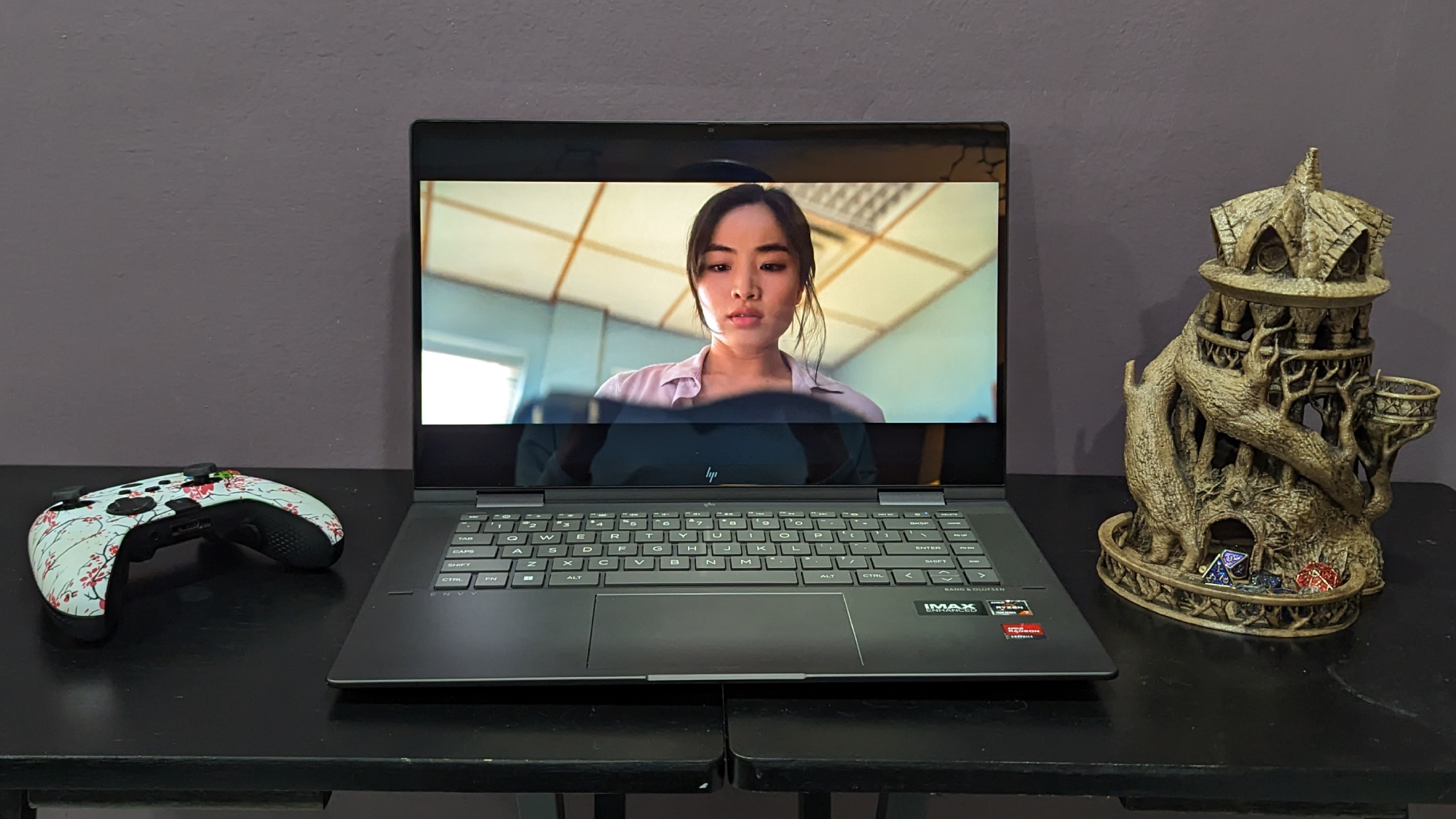
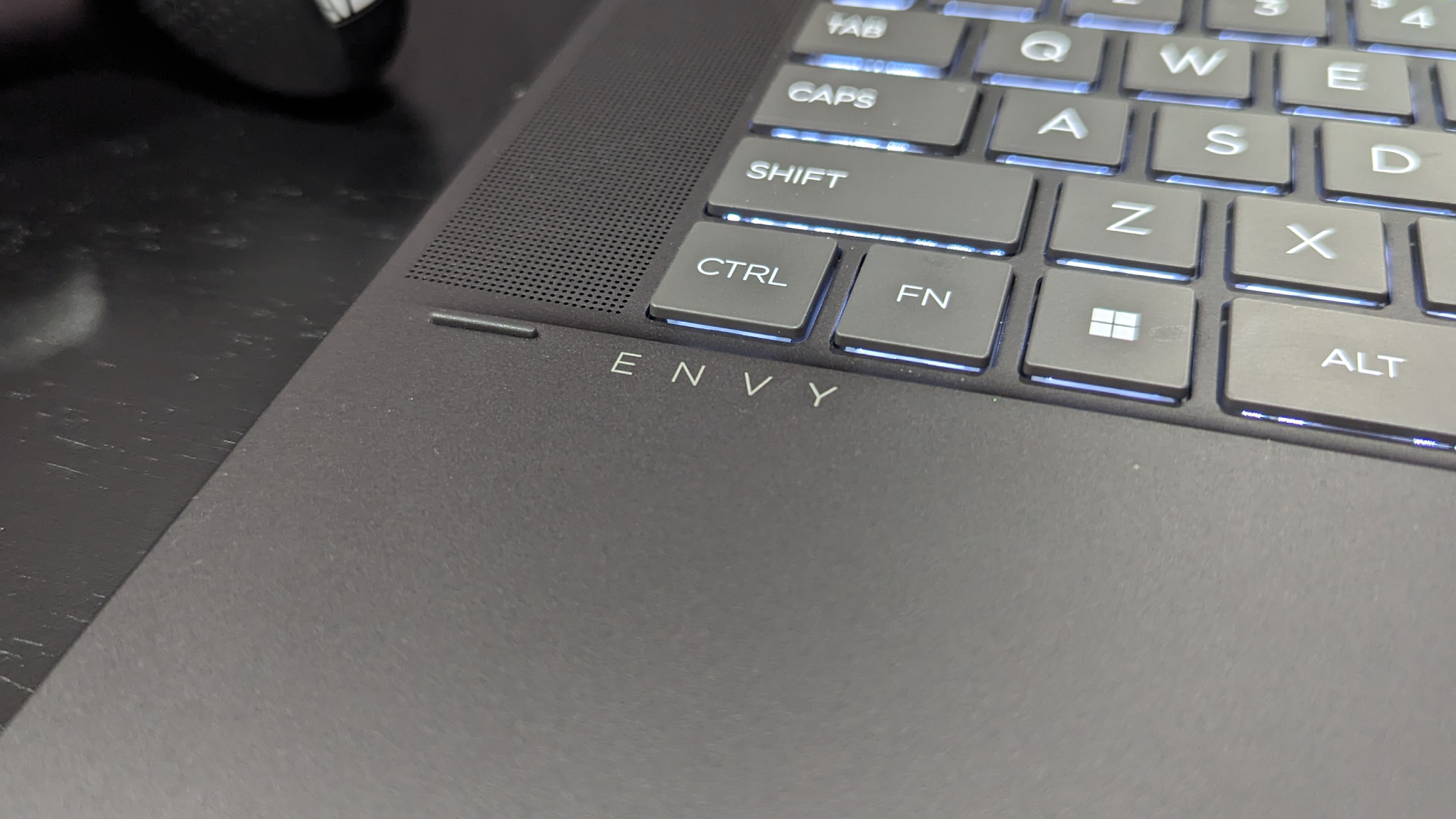
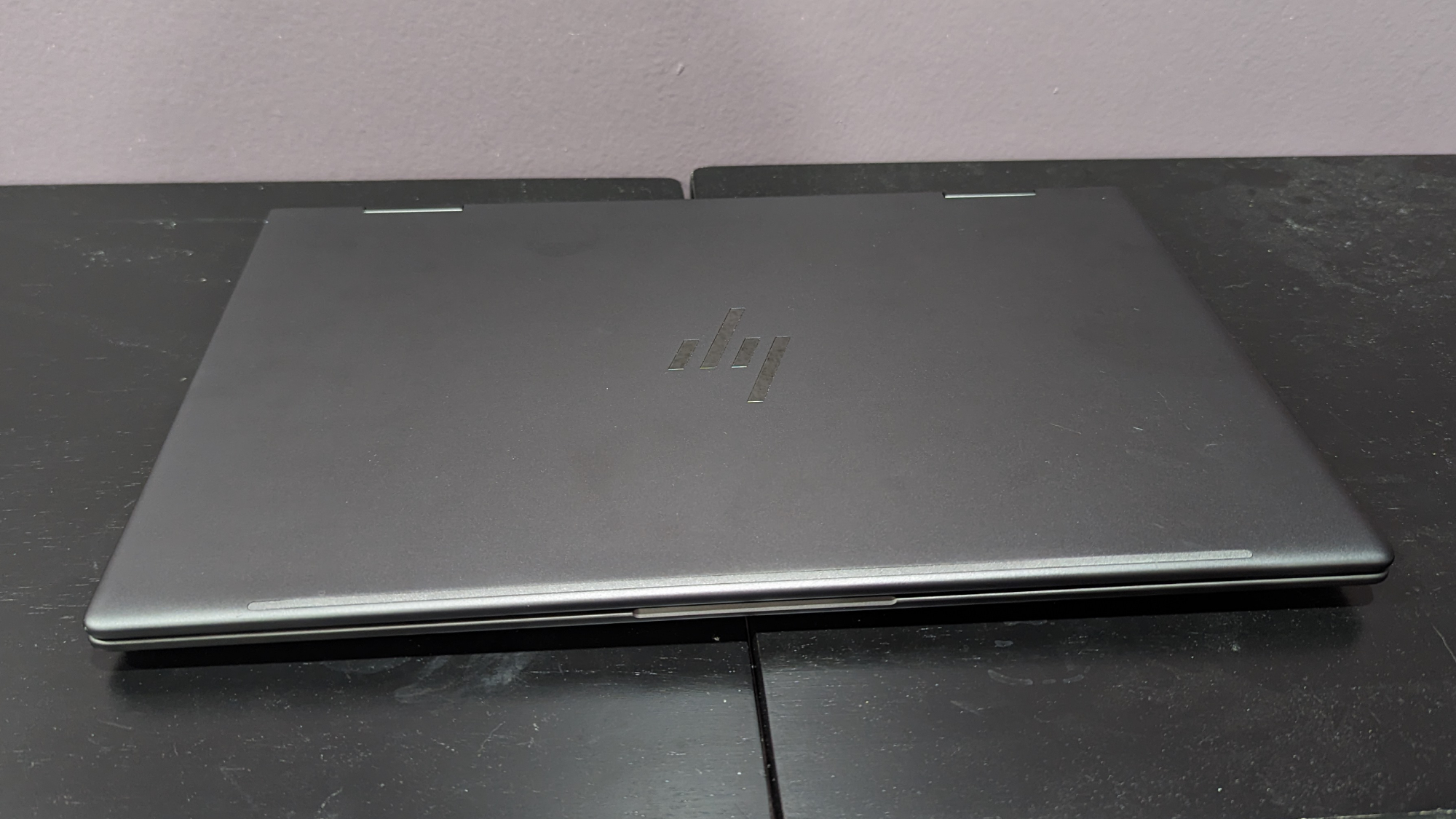
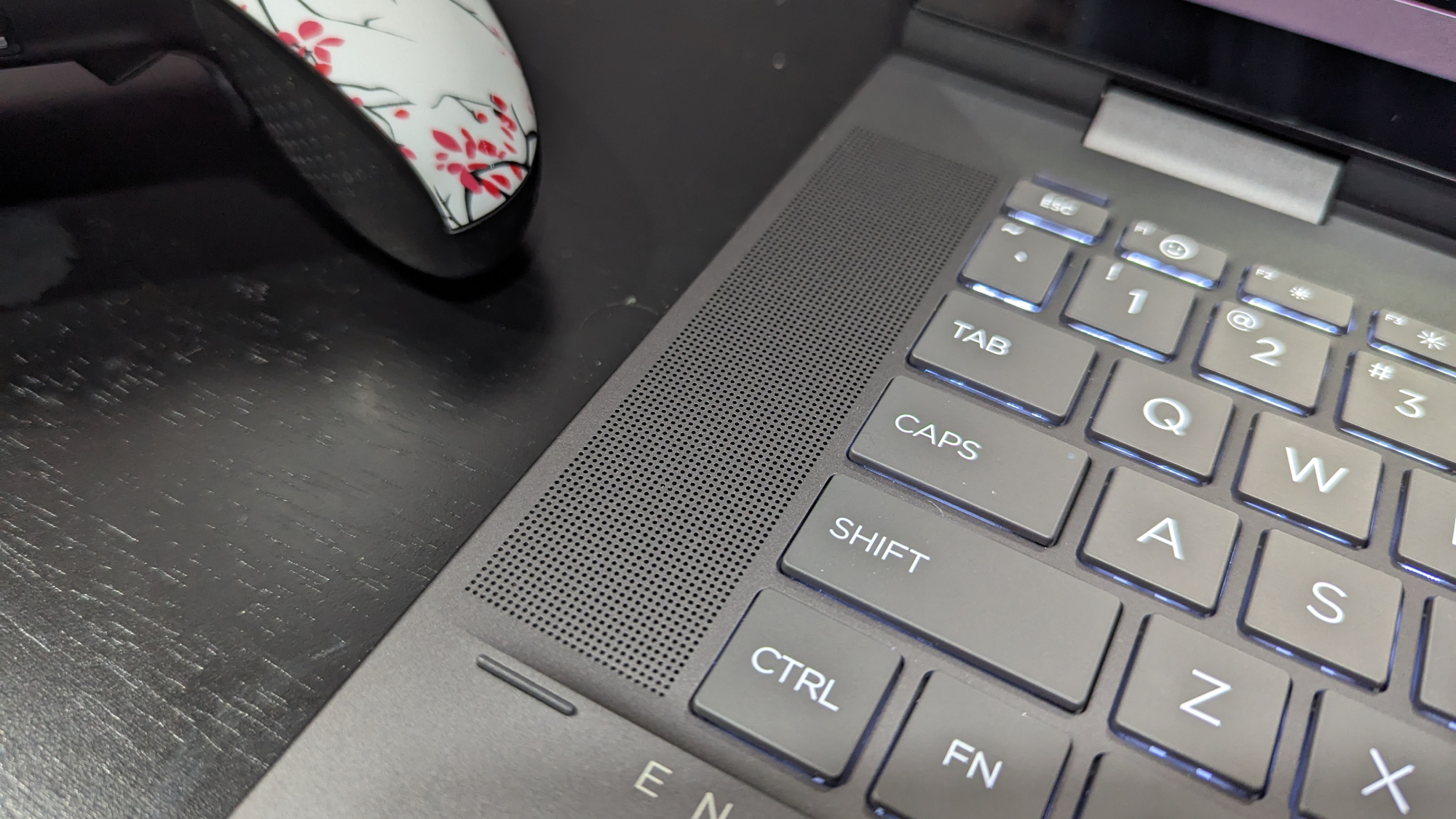
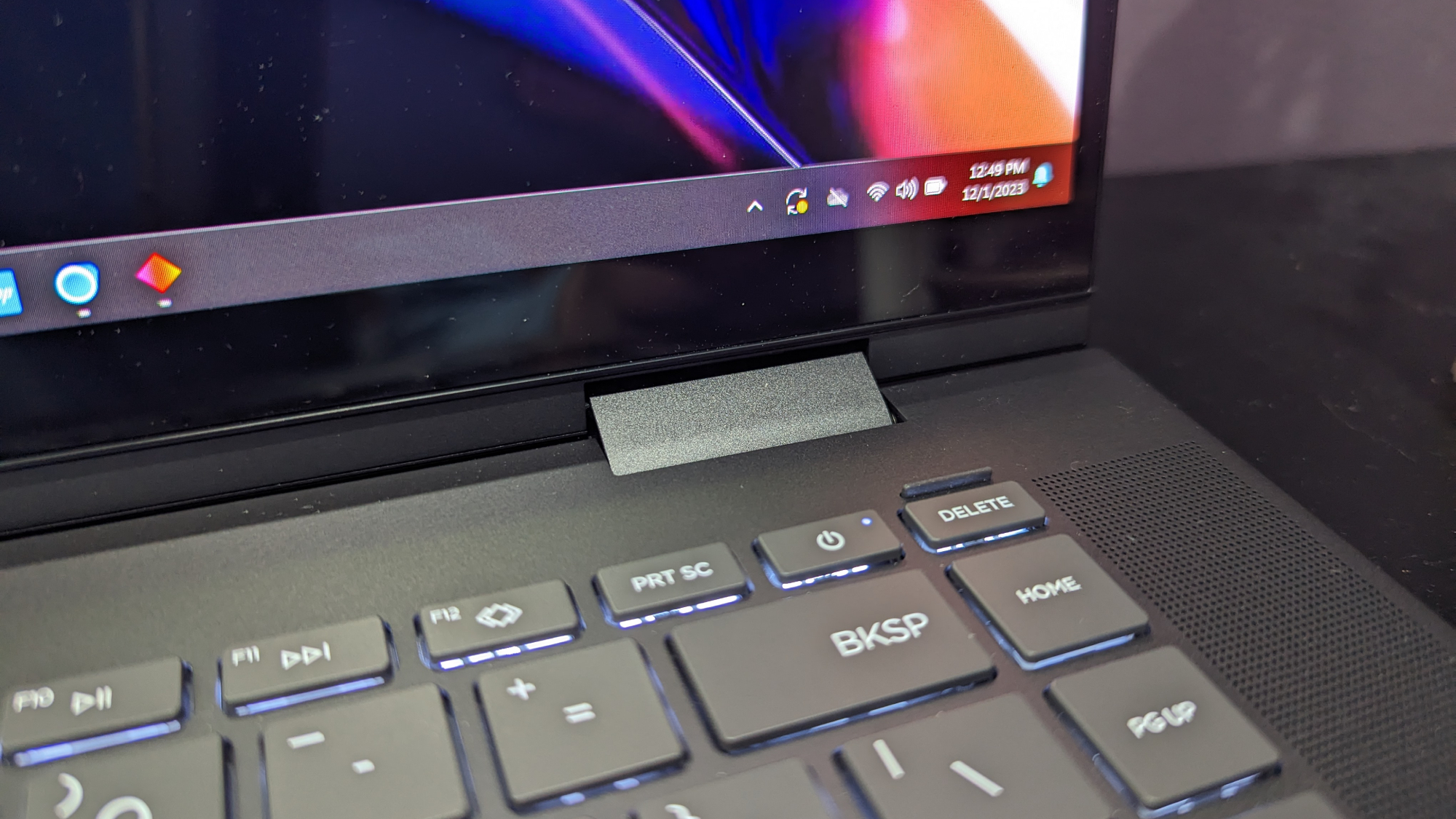
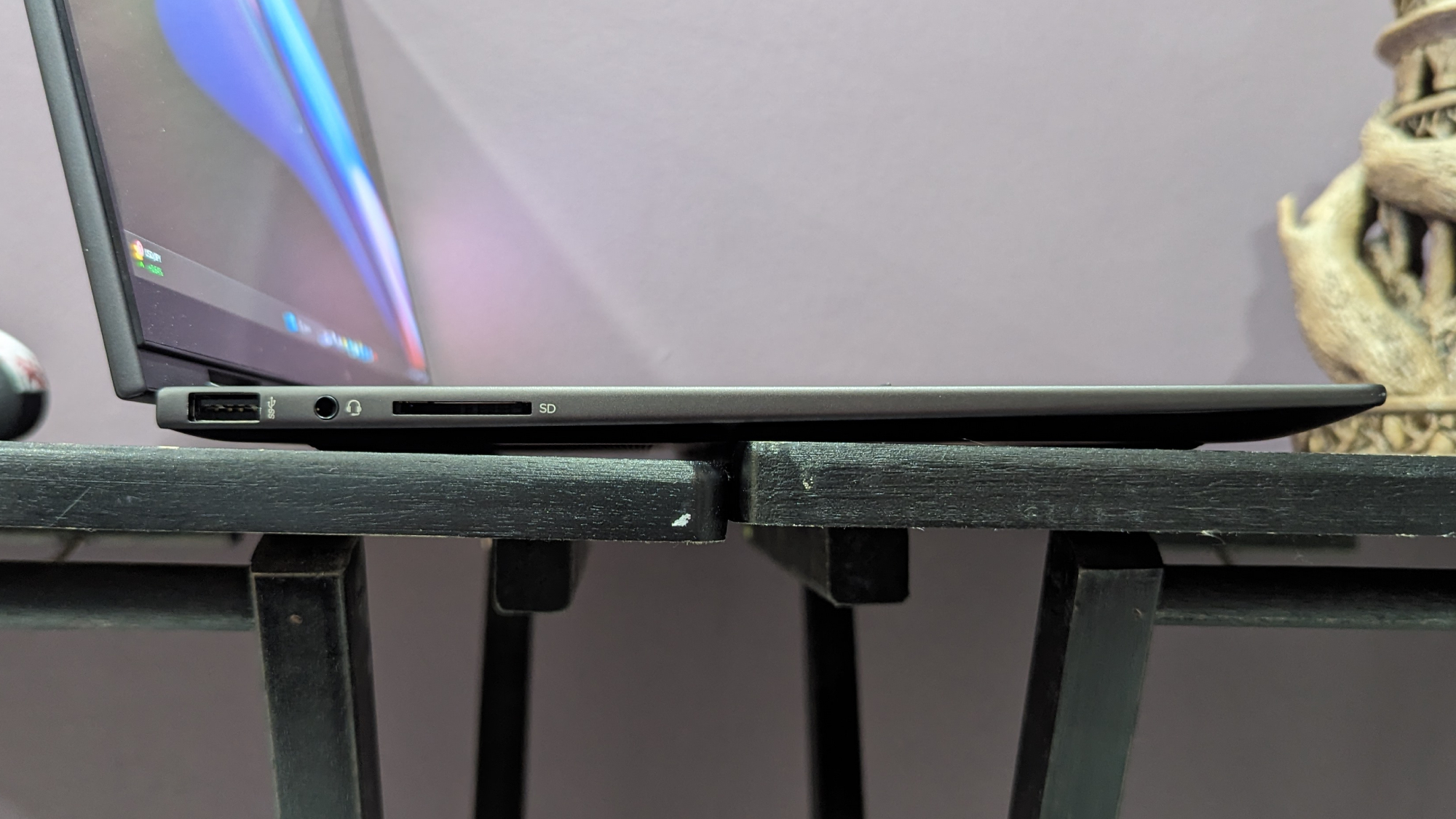
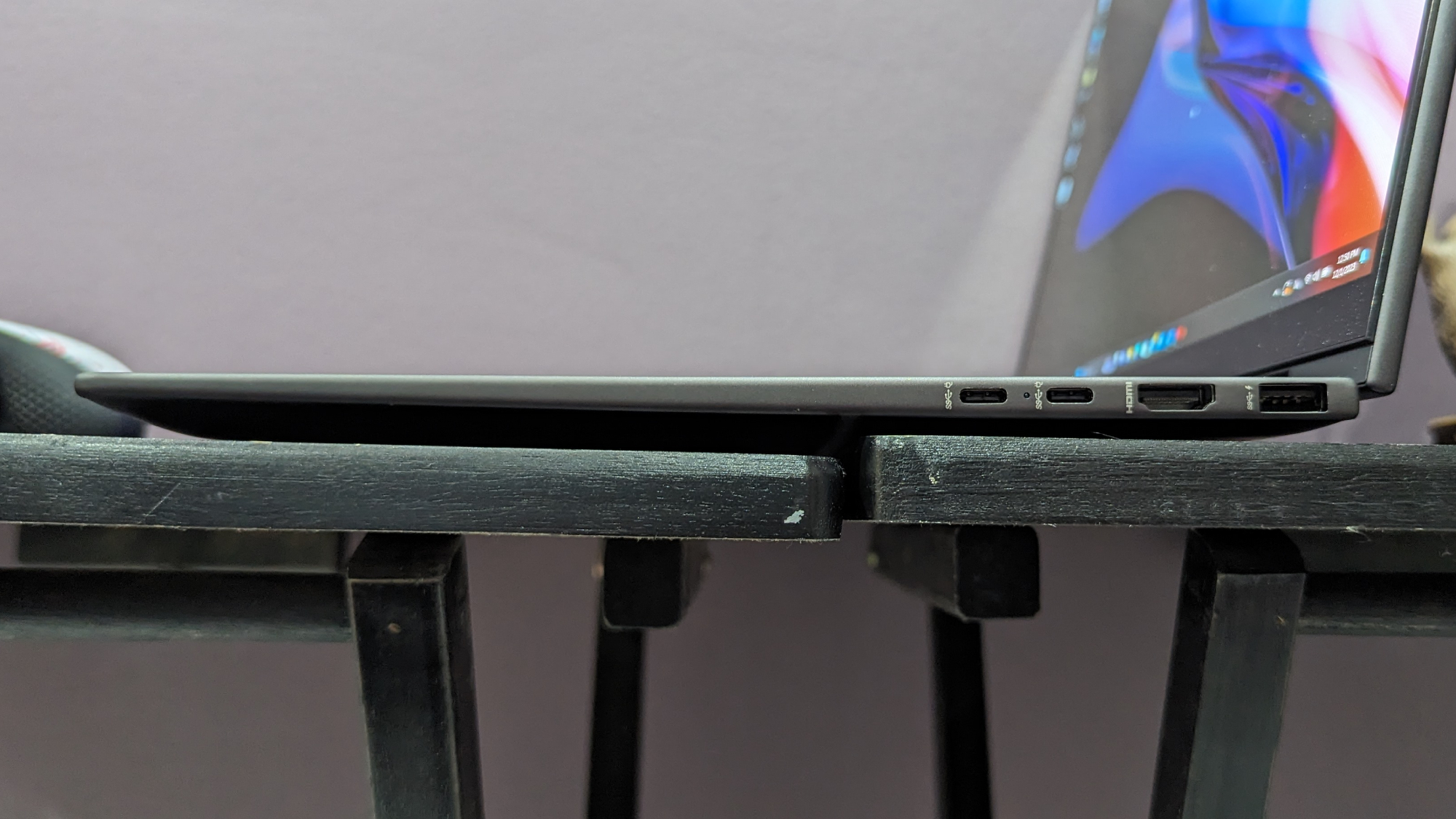
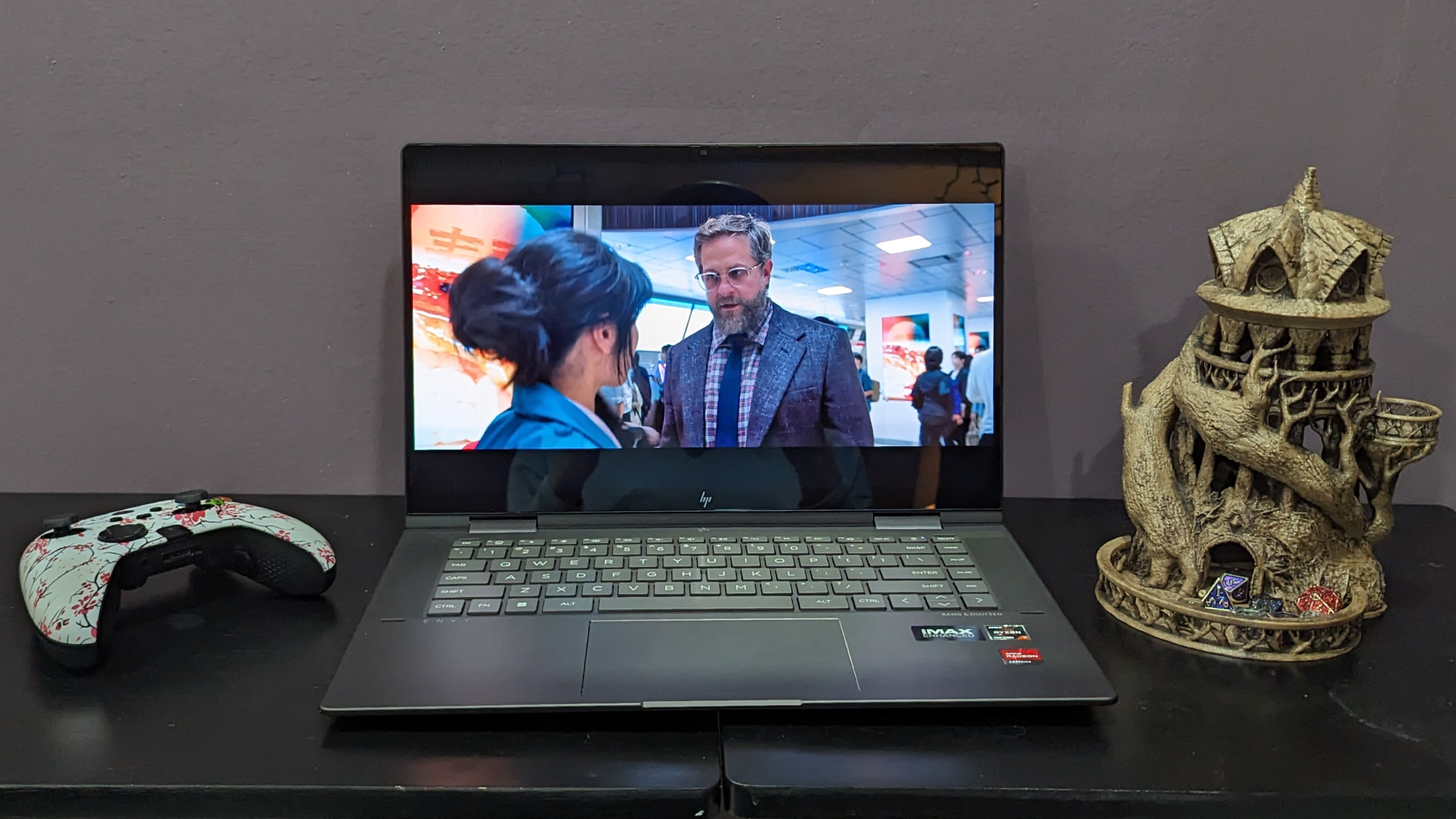
Specifications
Reasons to buy
Reasons to avoid
HP Envy x360 2-in-1 may be an older AMD configuration, but it packs a colorful OLED panel, solid performance, a clicky keyboard, and a clear webcam. So it can function as your work or home PC with ease.
✔️You want 2-in-1 flexibility with AMD power: While the Envy x360 is rocking a 7th gen Ryzen 7 CPU, this HP convertible still gets enough performance for web browsing, spreadsheet management, and entertainment. So no matter if the Envy is in tablet, tent, or laptop mode it can handle your day-to-day life.
✔️ You want a stunning 15-inch OLED display for your next Entertainment binge: The HP Envy x360 has an incredibly vivid 15.6-inch OLED display panel. Rated at over 128% coverage of the DCI-P3 color gamut and 378 nits of brightness,
✖️You want the latest AMD processors: The HP Envy x360 is a little on the older side and its hardware matches. So if you want the latest AMD CPU, one of the Ryzen AI 300 laptops on this list would get you a bit more overhead for future-proofing.
✖️You want the best audio experience: If a laptop is going to be your main entertainment system, you may want to opt for one of the other AMD laptops on this list. The Razer Blade 14 (Early 2024), Asus ProArt P16, and Asus Zenbook 14 OLED all feature more robust audio systems than the Envy.
The HP Envy x360 2-in-1 is an excellent 2-in-1 that balances affordability with quality to provide a phenomenal productivity experience. And for those desperate to have their display take them to another world, this OLED panel will blow your mind.
Claire Tabari said in our review, "The HP Envy x360 is an absolute winner, delivering on its promise of being a powerful 2-in-1 with a gorgeous OLED panel. And while you’d expect it to cut costs in some corners, it still yields solid productivity performance alongside a sleek and premium aluminum chassis."
It's built with an AMD Ryzen 7 7730U processor, 16GB of RAM, 1TB of SSD storage, AMD Radeon integrated graphics, and a 15.6-inch 1,920 x 1,080-pixel OLED touchscreen. On the Geekbench 5.5 overall performance test, the Envy x360 achieved a multi-core score of 7,748. This is solid overall and puts it above the 7,469 mainstream laptop average. You can expect good but not fantastic productivity performance, especially when Intel Meteor Lake processors hit as high as 12,000.
On the Laptop Mag Battery continuous web surfing battery test, the Envy x360 lasted 9 hours and 17 minutes. We generally recommend laptops lasting between 9 and 10 hours, and the Envy x360 is technically in that range, but it is also below the category average of 9 hours and 44 minutes.
The true star of the show here is the Envy x360's 15.6-inch OLED display. While it is only 1080p, which could be a deal breaker for some, the vibrancy of its panel is glorious. It reproduced 128.1 percent of the DCI-P3 color gamut, which is seriously colorful. We typically recommend anything in the 80 to 100 percent range, with anything over just being an additional bonus. Especially considering the category average is 85.5 percent, this is fantastic. Its 378 nits of brightness is also pretty good, but admittedly in a far more normal range, as the category average is 353 nits.
We really wish it had a Thunderbolt 4 port, so that's a sacrifice you'll have to make if you plan to buy the laptop.
See our full HP Envy x360 2-in-1 review.
Best for video editing
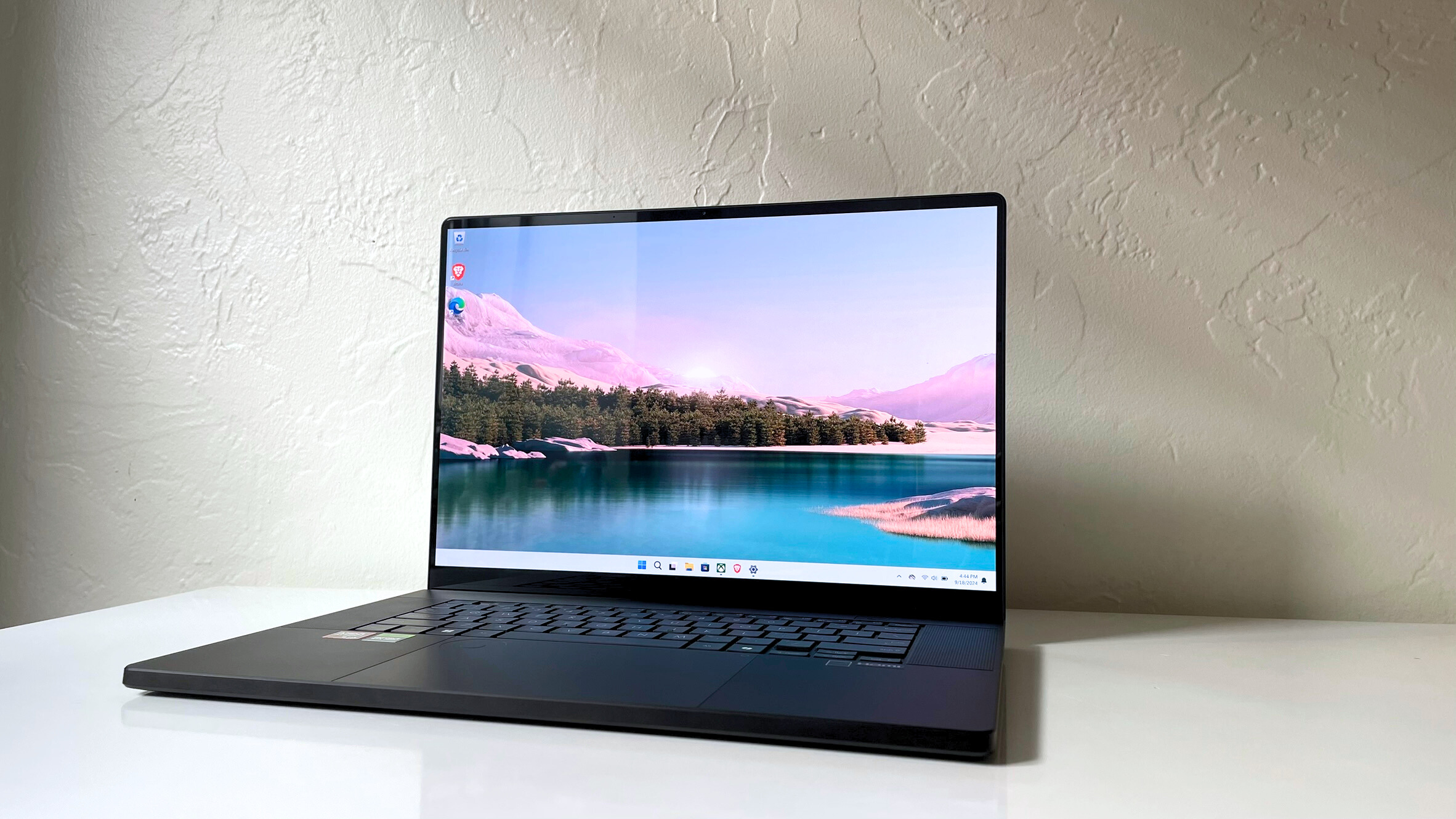
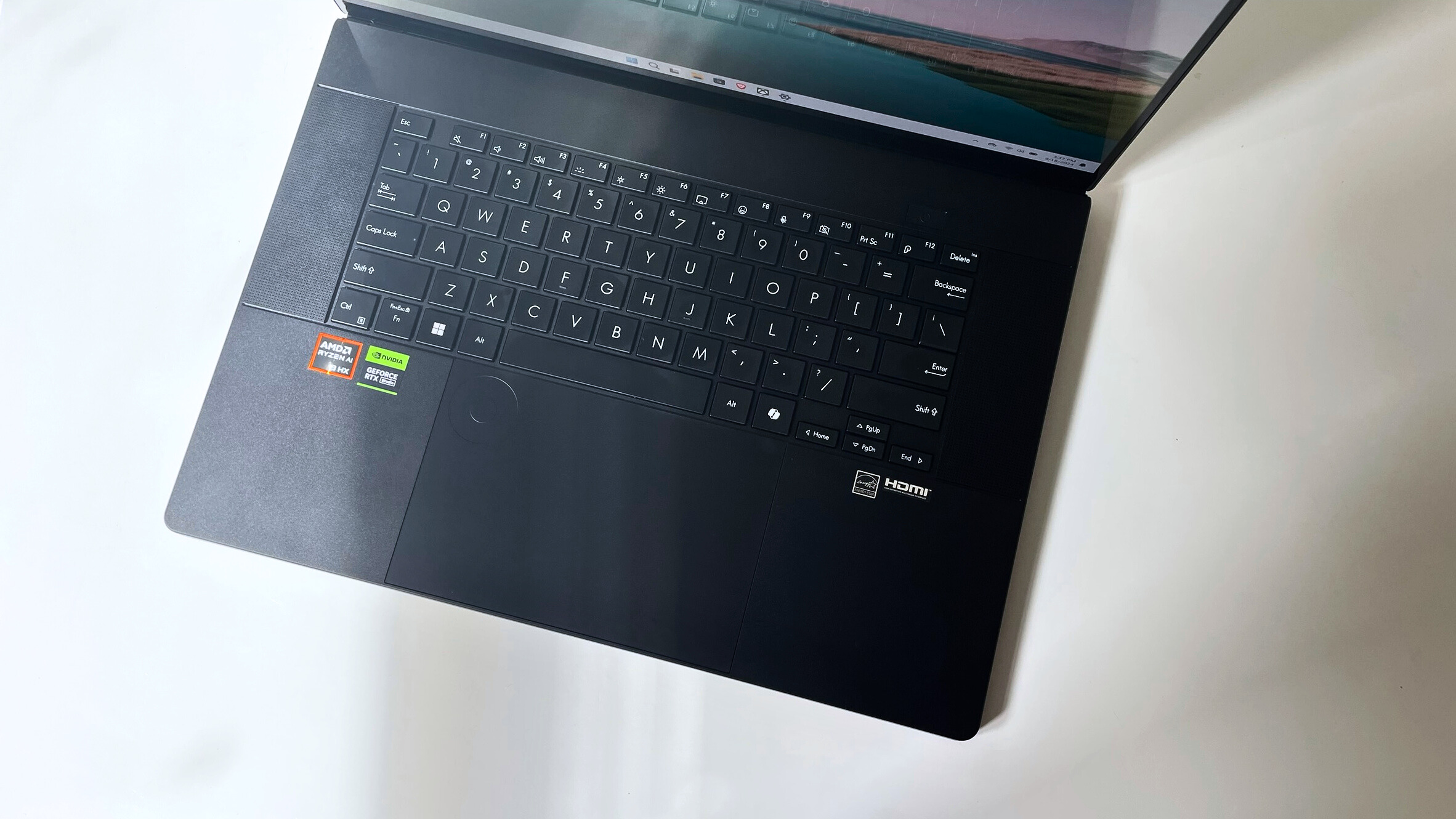
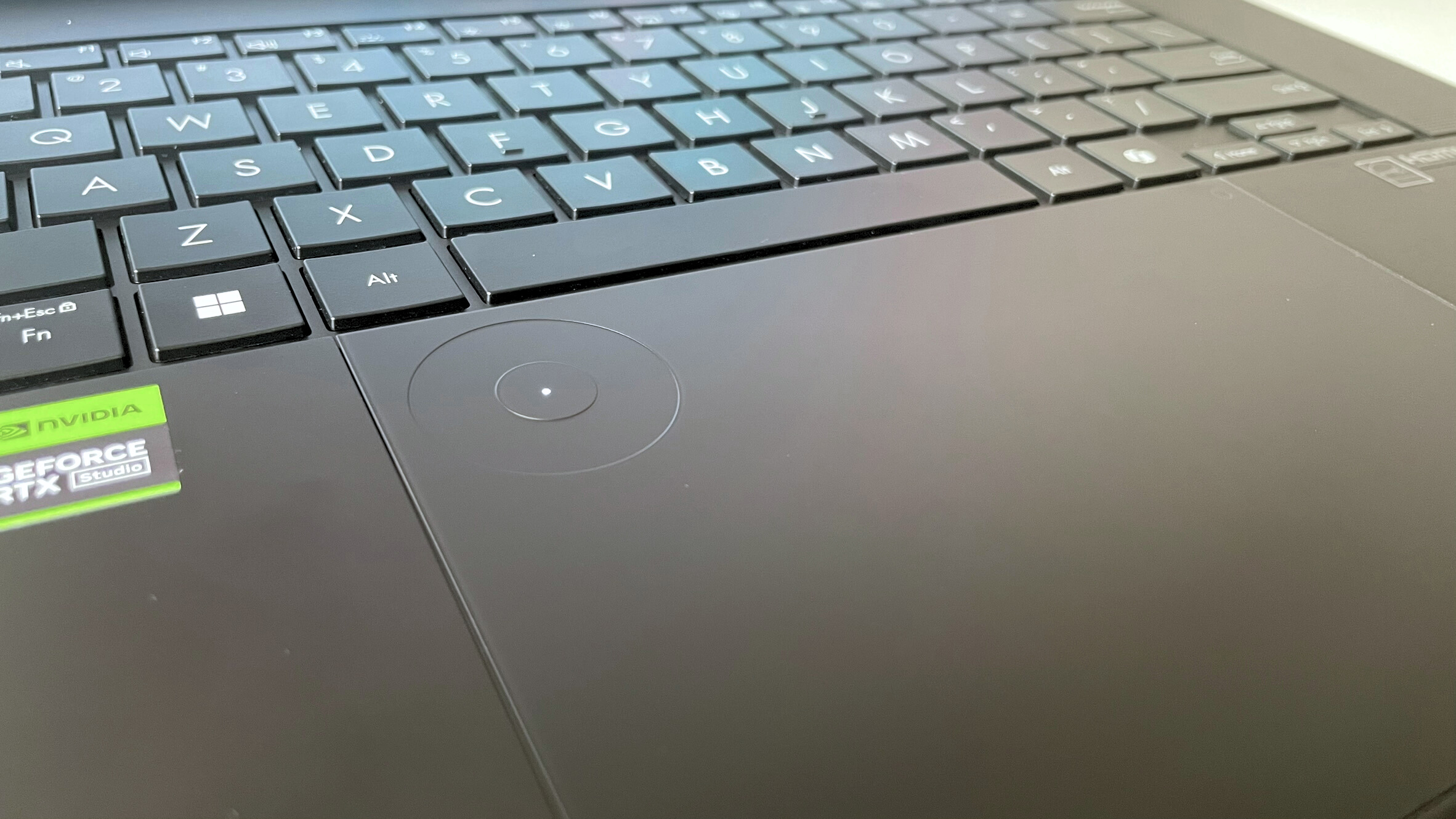
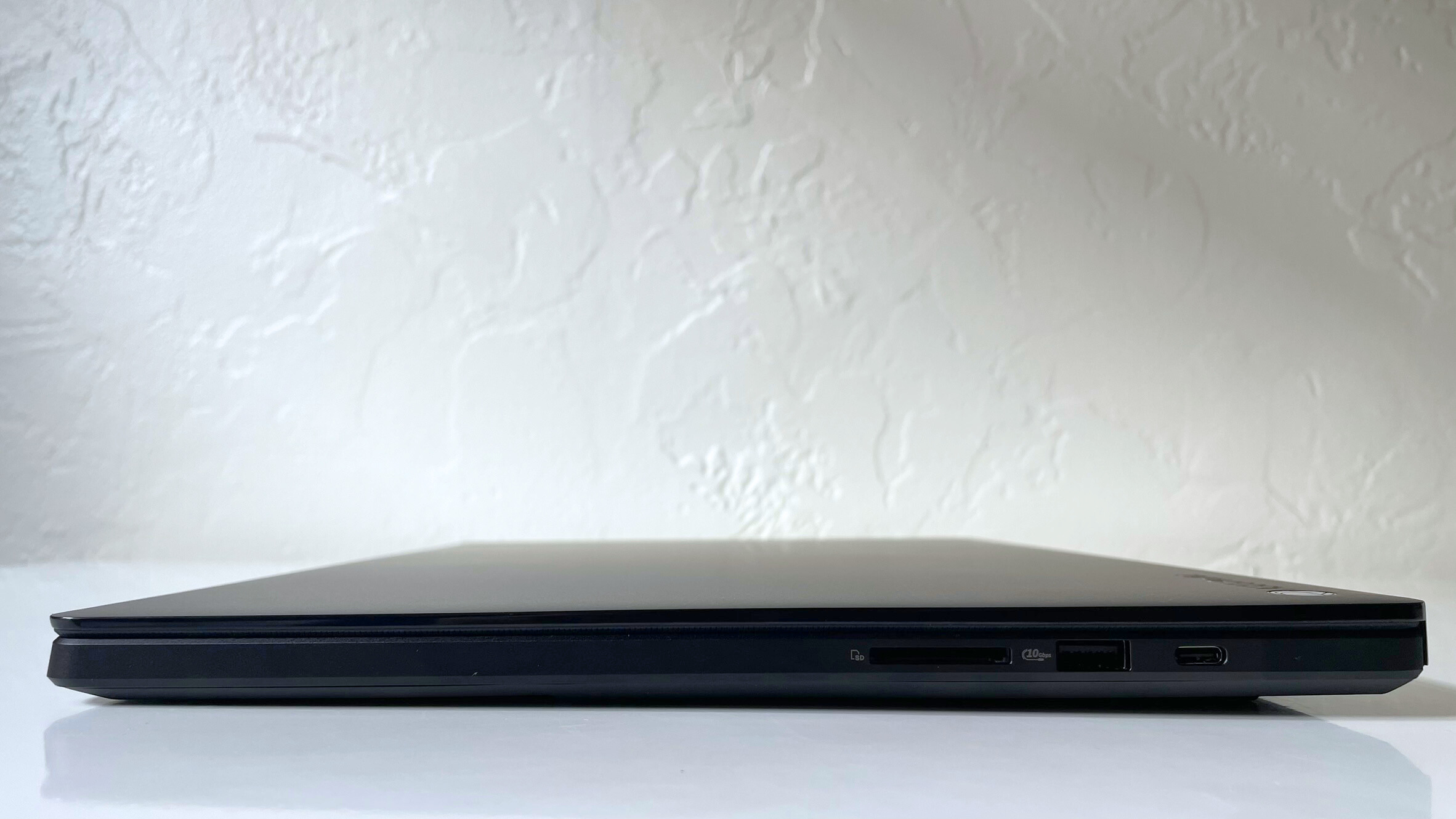

Specifications
Reasons to buy
Reasons to avoid
Asus ProArt P16 combines the robust AI performance of the Ryzen AI 300 series CPU with the stellar graphics of an Nvidia RTX 4070. Combined with top-firing speakers, a solid display, and a great keyboard, it's a content creator's dream.
✔️ You want a light and thin creator machine: The ProArt P16 is just 0.59 inches thick and weighs just 4.08 pounds, despite housing a Ryzen AI 9 HX 370 CPU, Nvidia RTX 4070 GPU, 32GB of RAM, and 2TB of SSD storage.
✔️You want a powerful content creator laptop without paying Workstation prices: While the ProArt P16 isn't exactly a budget machine at $2,300 full retail price, it's a far cry from workstation prices that can cost about as much as a used car.
✖️You need an incredibly accurate display: The OLED touchscreen on the ProArt P16 is far from bad, but it isn't the most accurate display, measuring just 85.5% of the DCI-P3 color gamut. If your work requires a high degree of color accuracy, you may be better served by our best laptops for Photoshop guide, as all of those machines have high-accuracy displays.
✖️You need a creator laptop that fits in a tight budget range: The ProArt P16 has earned its 4.5 stars for good reason, but it is pricey. While the Asus TUF Gaming A14 is a gaming laptop, with the right Nvidia Studio drivers it can offer solid content creation power at about $1,000 less than the ProArt P16.
Content creators looking for AMD power need look no further than Asus's ProArt line.
Stevie Bonifield said in our review, "The Asus ProArt P16 is a stellar example of what a creator laptop should be: powerful, reliable, and stylish." This laptop is purpose-built for photo and video editing, delivering all of the performance you could need in a sleek chassis.
The ProArt's AMD Ryzen AI 9 HX 370, 32GB of RAM, and Nvidia RTX 4070 crushed the Geekbench 6 multicore benchmark with a score of 15,286. That's well ahead of its Intel competitors like the Lenovo Yoga Pro 9i's 12,141 score or even the Acer Swift X 14's 13,114 average.
The ProArt P16 also excels at content creation benchmarks like our Handbrake test, transcoding a 4K video to 1080p in just 3 minutes and 15 seconds. That's more than twice as fast as the average premium laptop (7:58) and ahead of competitors like the Yoga Pro 9i (3:53) and Swift X 14 (5:21).
Turning to graphics performance, it took the top spot in the 3DMark FireStrike synthetic graphics benchmark with a score of 24,284. Nothing else came close, with the Galaxy Book 4 Ultra (17,255), Yoga Pro 9i (19,016), and Swift X 14 (16,596) all failing to crest 20,000.
The Asus ProArt P16 covers enough of the DCI-P3 gamut (85.5%), which is good but not great. However, OLED panels are known to come in a little low on our current test; rest assured, the P16's OLED panel looks outstanding. It edges out the MacBook Pro M3 Max (81.8%), Galaxy Book 4 Ultra (81.8%), and Swift X 14 (79.6%). The ProArt P16 has an SDR screen brightness of 356 nits, which is good, but the Yoga Pro 9i (737 nits) and M3 Max (560 nits) get much brighter.
One area where the ProArt underperforms is battery life. The P16's 9 hours and 32 minutes of battery isn't terrible, but it's distantly behind the Galaxy Book 4 Ultra (13:15) and the MacBook Pro M3 Max (18:05).
Overall the Asus ProArt P16 is a shining example of AMD performance for creators, so if that's you, don't hesitate to pick one up.
See our full Asus ProArt P16 review.
Click to view chart data in table format
Benchmark Comparisons
| Header Cell - Column 0 | Asus Zenbook S 16 (UM5606) | Razer Blade 14 (2024) | HP Envy x360 2-in-1 | Asus ProArt P16 (2024) | Asus TUF Gaming A14 (2024) | Asus Zenbook 14 OLED (UM3402Y) |
|---|---|---|---|---|---|---|
Geekbench 6 (Higher is better) | 13,282 | 13,781 | 8,196 | 15,286 | 12,055 | 8,140 |
Handbrake time ((MM.SS), lower is better) | 05:08 | 04:01 | 07:31 | 03:13 | 04:19 | 08:05 |
Battery life - Web surfing (HH.MM) | 11:35 | 06:26 | 09:16 | 09:32 | 10:04 | 11:14 |
SSD transfer speeds (MBps, higher is better) | 908 | 1,952 | 1,245 | 1,211 | 1,340 | 311 |
DCI-P3 Color Gamut (Higher is better) | 80% | 79% | 128% | 86% | 81% | 79% |
Display Brightness (Nits, higher is better) | 357 | 446 | 378 | 356 | 411 | 346 |
Hottest temperature (95 degree comfort threshold) | 105.5 | 133 | 113 | 87.6 | 123 | 100 |
Recent reviews
We review dozens of laptops annually, and while some simply don't have what it takes to make our buying guides, others are still strong options that came up short for one reason or another. Here are some of our most recently reviewed laptops that didn't make the cut.
Razer Blade 16 (2025) | AMD Ryzen AI 9 HX 370 | Nvidia RTX 5090 | 32GB RAM | 2TB SSD
<p><strong>Score: ★★★★<p><strong>Pros: Strong all-around performance; Vivid OLED display; Over 7 hours of web surfing battery life and almost 2.5 hours of gaming battery life; bouncy keyboard; impactful audio; superb build quality; plenty of ports; just 4.6 pounds.<p><strong>Cons: Upgrades get expensive; gets very hot under pressure; game performance is good but could be better.<p><em><strong>See our full <a href="https://www.laptopmag.com/laptops/gaming-laptops-pcs/razer-blade-16-2025-review" target="_blank"><em><strong>Razer Blade 16 (2025)<em><strong> review.Asus ROG Flow Z13 (2025) | AMD Ryzen AI Max+ 395 | AMD Radeon 8060S | 32GB RAM | 1TB SSD storage
<p>Score: ★★★★<p><strong>Pros: Long battery life, sharp, bright display; solid speakers; incredible performance and graphics<p><strong>Cons: Over $2K, limited use-case, keyboard isn’t suitable for gaming, runs hot<p><em><strong>See our full <a href="https://www.laptopmag.com/laptops/gaming-laptops-pcs/asus-rog-flow-z13-2025-review" target="_blank"><em><strong>Asus ROG Flow Z13 (2025) review<em>Acer Nitro 17 | AMD Ryzen 7 8845HS | Nvidia RTX 4060 | 16GB RAM | 1TB SSD
<p><strong>Score: ★★★★<p><strong>Pros: Huge display; great audio quality; smooth gaming performance; budget-friendly price<p><strong>Cons: Bulky; plastic chassis; no right-hand control key; grainy webcam<p><em><strong>See our full <a href="https://www.laptopmag.com/laptops/gaming-laptops-pcs/acer-nitro-17-review-is-this-17-inch-gaming-laptop-good-enough-to-replace-your-pc"><em><strong>Acer Nitro 17 review<em><strong>.HP Victus 16 (S100) | AMD Ryzen 7 8845HS | Nvidia RTX 4070 | 16GB RAM | 512GB SSD
<p><strong>Score: ★★★★<p><strong>Pros: Strong game performance; above-average battery life; snappy full-size keyboard; surprisingly decent webcam.<p><strong>Cons: Low-quality display; speaker quality could be better.<p><em><strong>See our full <a href="https://www.laptopmag.com/laptops/macbooks/hp-victus-16-s100-review" target="_blank"><em><strong>HP Victus 16 (S100)<em><strong> review.HP EliteBook X G1a 14 AI | AMD Ryzen AI 9 HX 375 | 32GB RAM | 1TB SSD
<p><strong>Score: ★★★★<p><strong>Pros: Long-lasting battery; powerful performance; sturdy aluminum chassis; phenomenal speakers; excellent webcam.<p><strong>Cons: Squishy keyboard; steep price point; mediocre display.<p><em><strong>See our full <a href="https://www.laptopmag.com/laptops/business-laptops/hp-elitebook-x-g1a-14-ai" target="_blank"><em><strong>HP EliteBook X G1a 14 AI<em><strong> review.How to choose the best Ryzen laptop
AMD Ryzen laptops can be used for any number of reasons, including gaming, productivity, business, and more. So here's what you should look out for when picking a great laptop.
Budget: What you get for your money
You can find decent laptops for under $500, but you will spend up to $1,000 or more for most laptops on this list. If you have no issue with that, you can still save some money with our best overall pick, which manages to stay under that. If you'd like to go above and beyond, you can spend anywhere from $2,000 to $4,000 on some of our other picks.
Design: 2-in-1 or Clamshell?
More and more of today's laptops are 2-in-1s with screens that either bend back 360 degrees or detach so you can use them as tablets. If you like the idea of using your laptop in slate mode for drawing, media consumption, or just standing up, a 2-in-1 could be for you. We even have a foldable laptop on the list for those wanting to get fancy. However, you can often get better features or a lower price with a traditional clamshell-style laptop.
Battery Life: 11+ Hours for Portability
Unless you plan to use your laptop only on your desk, battery life matters. Even within the home or office, having plenty of juice enables you to work on the couch or at the conference table without being chained to the nearest outlet. We recommend getting a laptop that lasted over 11 hours on the Laptop Mag Battery Test for the best portability. The longest-lasting laptops endure anywhere between 14 and 21 hours.
FAQs
Why would you choose an AMD laptop over an Intel or Qualcomm-powered laptop?
AMD and Intel laptops feature the full version of Windows, as AMD and Intel CPUs are built on x86 system architecture and not reduced-instruction set Arm cores like Qualcomm's Snapdragon X series.
AMD's Ryzen AI 300 processors have recently edged out Intel systems in multicore performance and gaming graphics optimization, while Intel's Lunar Lake processors have the edge on power efficiency, battery life, and raw iGPU gaming performance.
That isn't to say you can't get good battery life or iGPU gaming with a Ryzen AI 300 CPU. The Ryzen AI 300 just isn't going to be as close to reaching Apple and Qualcomm's battery life. And the gaming performance difference is only noticeable if you game without FidelityFX Super Resolution.
What specs do I need for a good AMD Ryzen laptop?
Any recent AMD Ryzen CPU will get you solid performance, whether that's a 7th gen, 8th gen, or Ryzen AI series CPU. It is worth noting that AMD rebranded the Ryzen 8000 mobile series CPUs at CES 2025 to reflect the new Ryzen AI naming scheme, so you will come across some Ryzen AI 200 systems. The Ryzen AI 300 is the most recent generation of "Strix Point" processors and gets you the latest gains from Team Red.
Gamers and content creators will want to opt for discrete GPUs like an Nvidia GeForce RTX card. While Nvidia has announced new laptop GPUs, those aren't available yet. So we'd recommend an RTX 4060 or 4070 for most gamers and content creators.
Additionally, an AMD Ryzen AI 300 processor gets you the most powerful NPU. The XDNA 2 NPU is rated to 50 TOPS (trillions of operations per second) of AI performance. This outpaces Intel's Lunar Lake (up to 48 TOPS), and Qualcomm's Snapdragon X (45 TOPS) processors.
You'll also want to opt for a higher RAM and SSD spec to get the most out of your powerful AMD Ryzen CPU. We recommend going for 16GB of memory for most laptops, though gamers may want to opt for 32GB of RAM. While some folks can survive with a 256GB SSD, we'd recommend opting for the 512GB SSD for extra headroom. For gamers, we'd recommend opting for a 1TB configuration, as games can take upwards of 100GB per title.
Why are there no Nvidia RTX 50-series gaming laptops on this list?
We're still seeing a slow roll-out of laptops with Nvidia's latest GPUs, and with such slim pickings we don't have an AMD/RTX 50-series laptop that's met our standards for being one of the "Best AMD Ryzen laptops" just yet. While the Razer Blade 16 (2025) comes close, it's not able to unseat the Blade 14 (2024), and its also hard to find thanks to the constantly shifting US Tariffs.
We do expect to see plenty of AMD/Nvidia gaming laptops this year, and when we do, we'll be updating this list. So be sure to check back.
How we test laptops

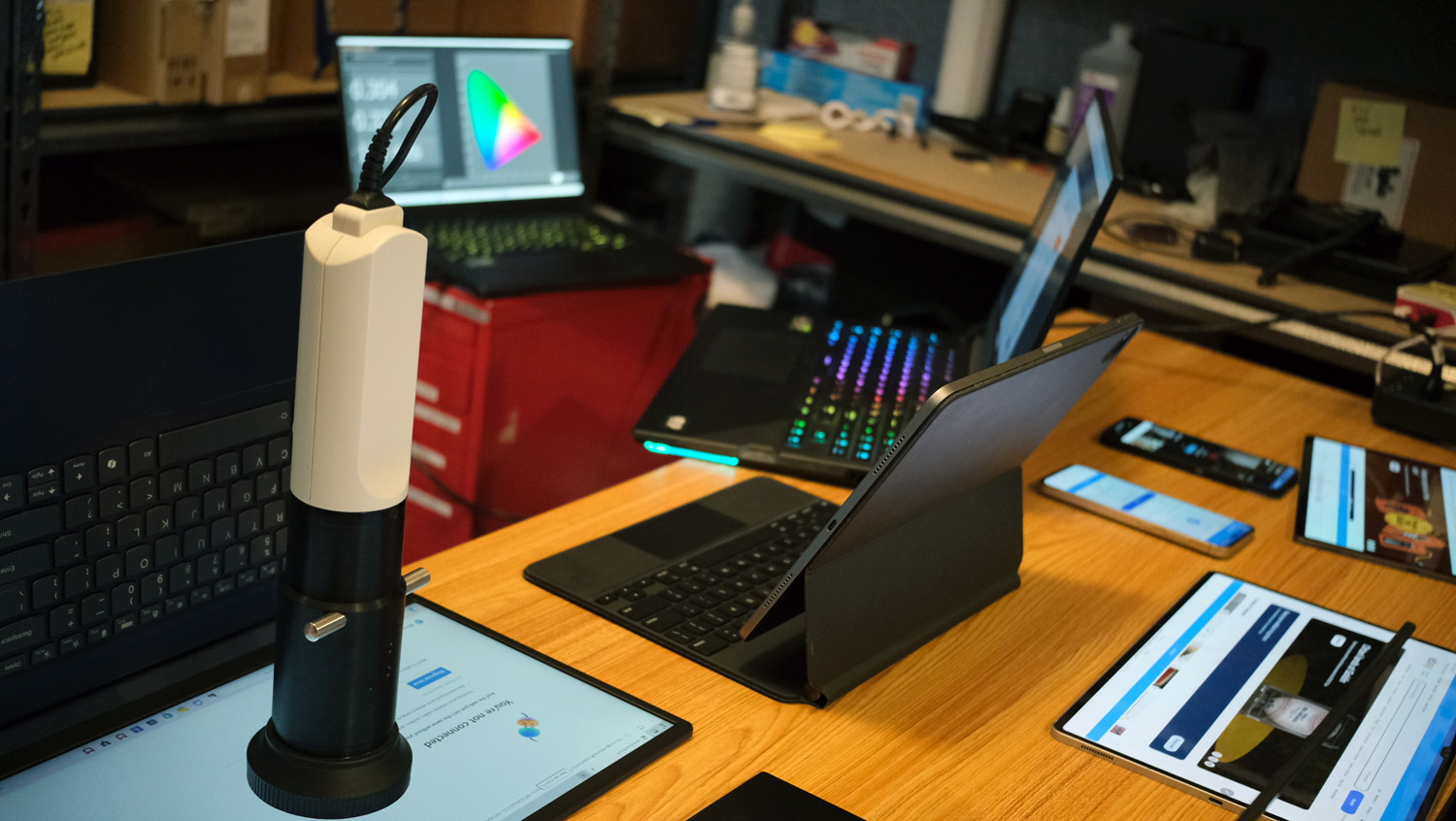
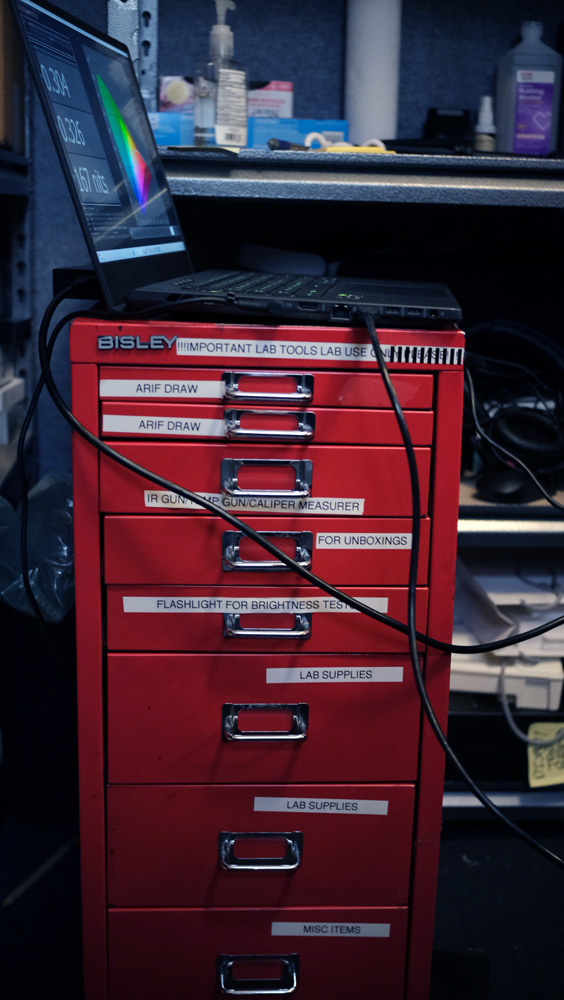
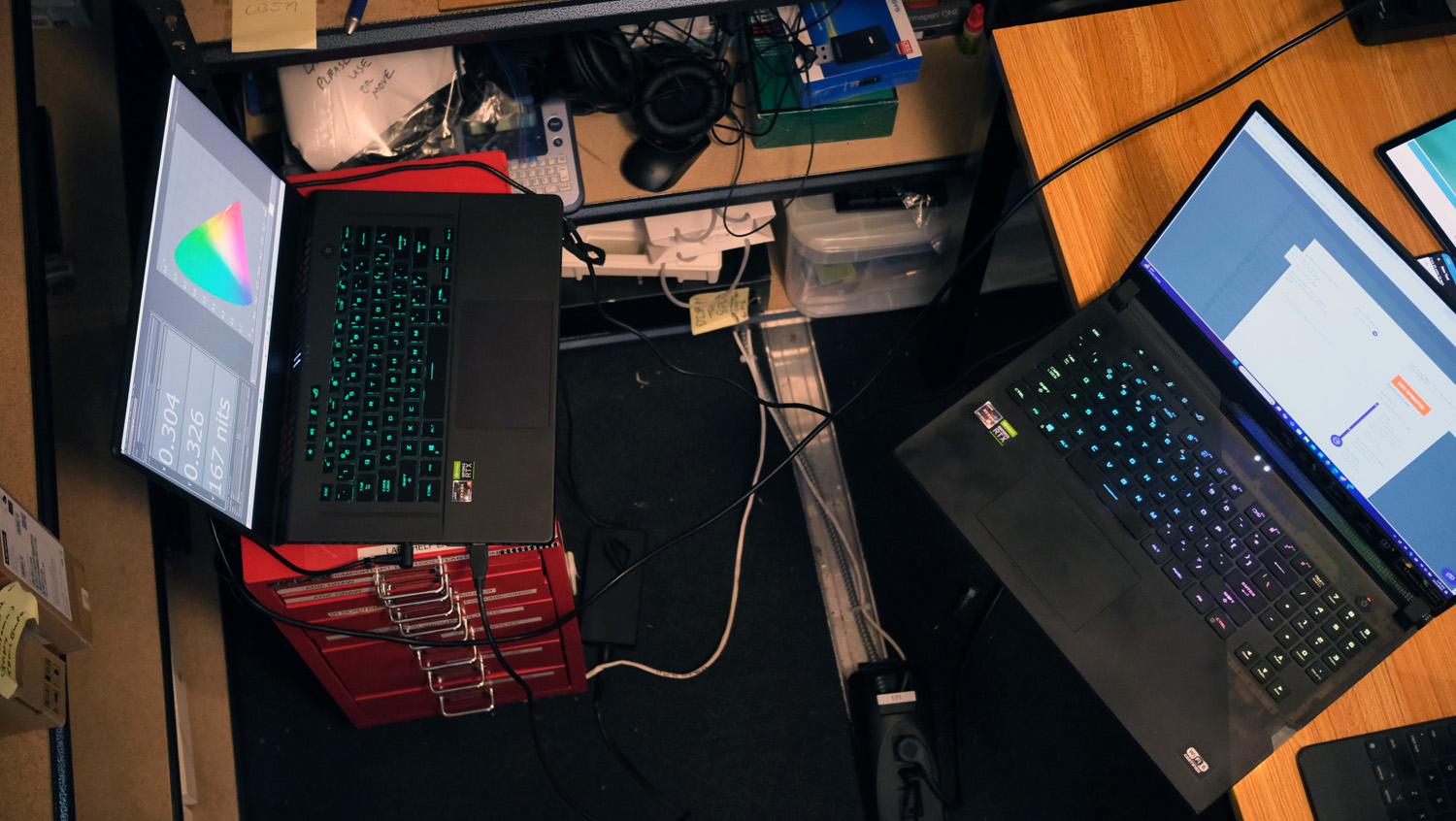
We put each laptop we review through extensive benchmark testing using synthetic and real-world tests before it goes to our reviewers. Our reviewers evaluate each aspect of the laptop, including its performance, battery life, display, speakers, and heat management.
In our benchmark testing, we use a Klein K10-A colorimeter to detect the brightness and the sRGB and DCI-P3 color gamut of the laptop's display. For performance testing, we run the laptop through a gauntlet of benchmarks, including Geekbench 6 and 3DMark professional graphics tests.
While not all AMD Ryzen laptops need to have good gaming scores, a high 3DMark score can indicate overall GPU and graphics performance which can be helpful for STEM programs or AI workloads.
To determine real-world performance, we task the laptop with compressing a 4K video to 1080p resolution and duplicating a 25 GB multimedia file. Our real-world graphics test is the Sid Meier's Civilization VI: Gathering Storm benchmark with medium settings at 1080p and native resolution. On gaming laptops we run additional benchmarks including Red Dead Redemption II, Cyberpunk 2077, and Assassin's Creed: Shadows.
We also test the laptop's cooling capabilities by playing a 15-minute 4K video and measuring temperatures in different areas of the laptop, such as the keyboard, touchpad, and underside, to determine whether it is too hot to be safely used on your lap or if it should be relegated to a desktop.
Last but not least, our battery test consists of continuous web surfing over Wi-Fi at 150 nits of brightness. For MacBooks and premium Windows 10 or Windows 11 laptops, a runtime of over 9 hours is considered a good result, whereas gaming laptops and workstations that can stay powered longer than 5 hours deserve praise. We expect over 10 hours of battery life with AI PCs, though many AI PC laptops get around 14 hours of battery life.
After completing lab-based performance evaluations, the laptop is handed over to our expert reviewers for in-depth, real-world testing. Each reviewer integrates the device into their daily workflow over several days, assessing not only raw performance but also usability, reliability, and overall user experience. This combination of rigorous lab testing and immersive hands-on use ensures that every Laptop Mag review delivers a clear, comprehensive, and trustworthy evaluation of both the hardware and software.
Why Trust Laptop Mag
Laptop Mag reviews over a hundred laptops yearly, from paperweight ultralights to everyday workhorses to lumbering gaming notebooks that scorch the frame rates of even the hottest AAA games. We're not just experts in the laptop field, as we go one step further by meticulously testing smartphones, tablets, headphones, PC accessories, software, and even the latest in gaming.
We are 100 percent independent and have decades of experience to help you buy with confidence. Laptop Mag has been testing and reviewing products for three decades and continues to deliver trustworthy reviews you can rely on.
Our experienced team of writers and editors scour the available information about the laptop and put it through its paces to determine which is best for you. But before they start, the testing team subjects each system to a rigorous regimen of synthetic and real-world tests to see how a system handles the type of work and games you’re most likely to throw at it.
Future Publishing, one of the world's largest technology publishers, enforces our editorial trustworthiness. As a company, we have unrivaled experience across every tech sector — and we're the group's specialist for all things mobile tech.
Sign up to receive The Snapshot, a free special dispatch from Laptop Mag, in your inbox.

A former lab gremlin for Tom's Guide, Laptop Mag, Tom's Hardware, and TechRadar; Madeline has escaped the labs to join Laptop Mag as a Staff Writer. With over a decade of experience writing about tech and gaming, she may actually know a thing or two. Sometimes. When she isn't writing about the latest laptops and AI software, Madeline likes to throw herself into the ocean as a PADI scuba diving instructor and underwater photography enthusiast.
